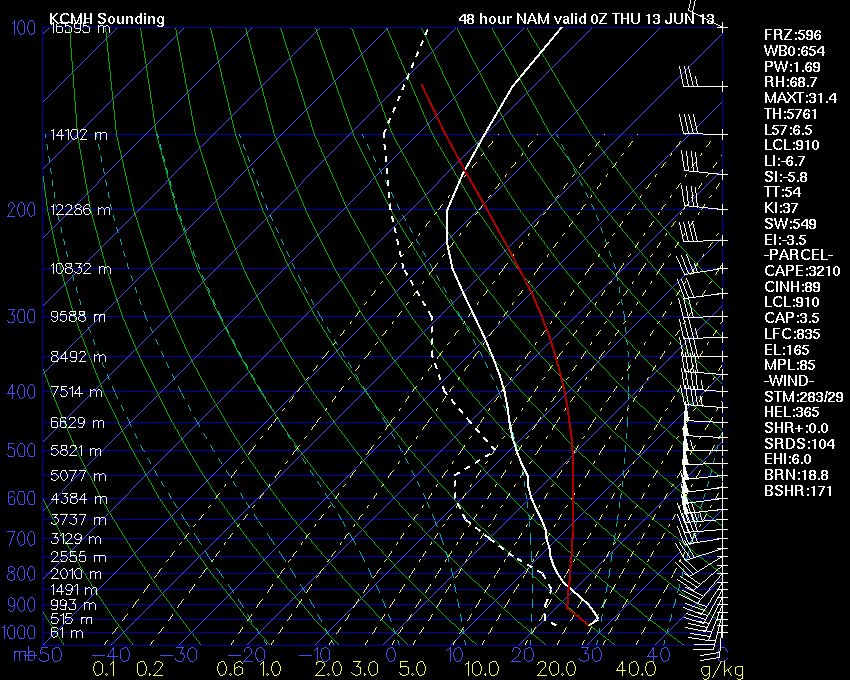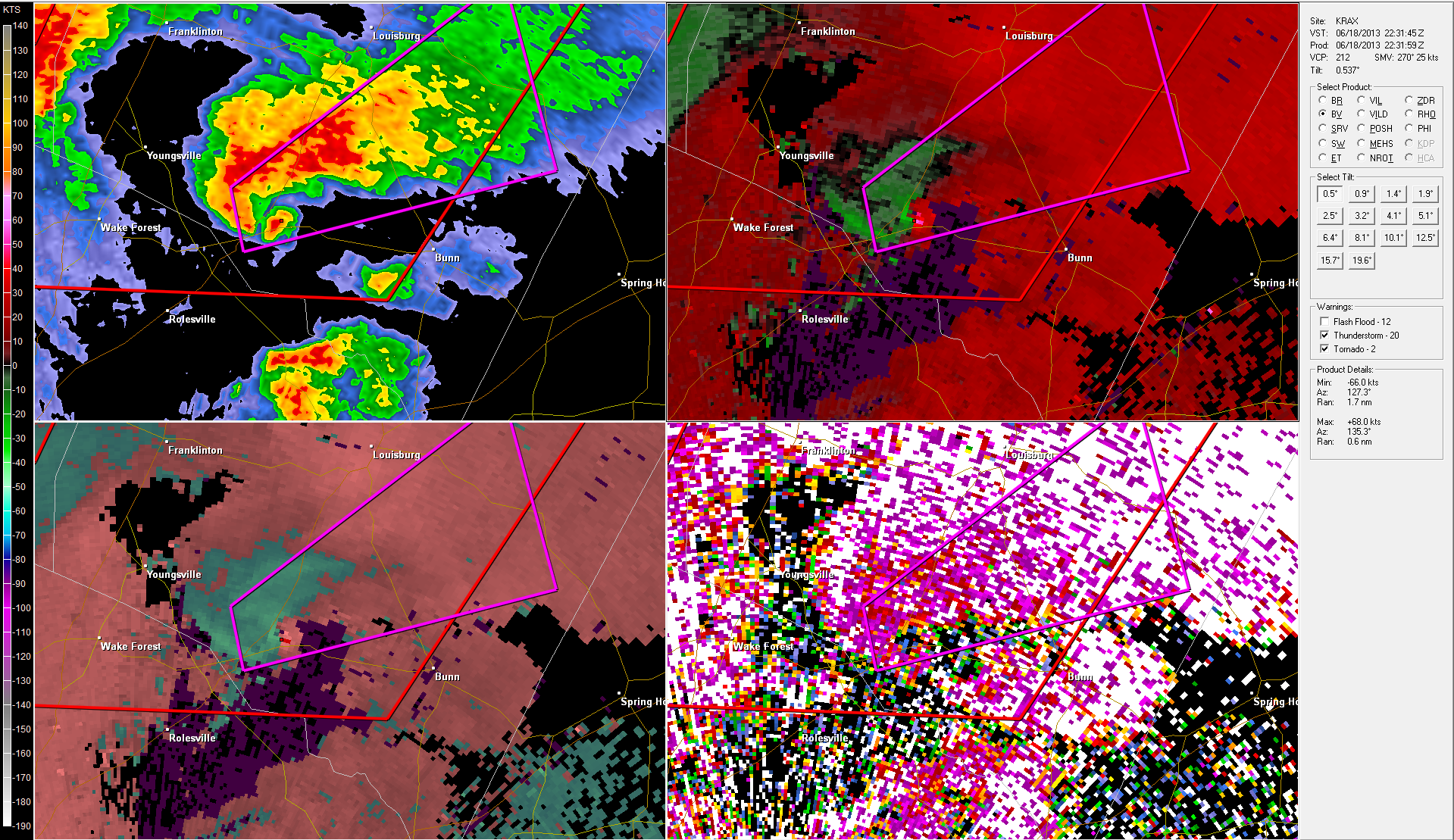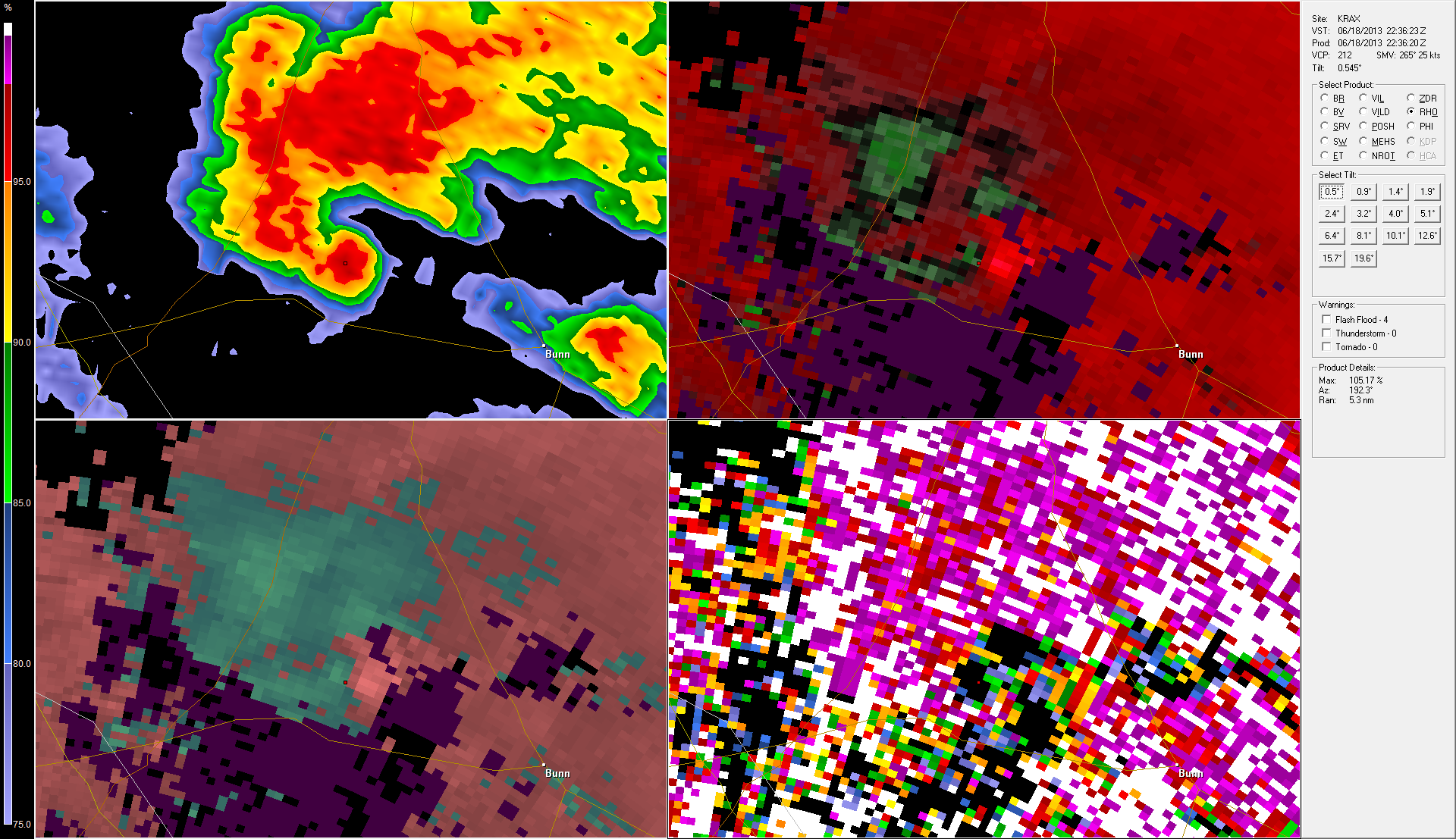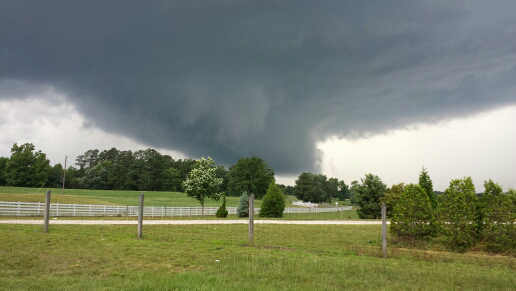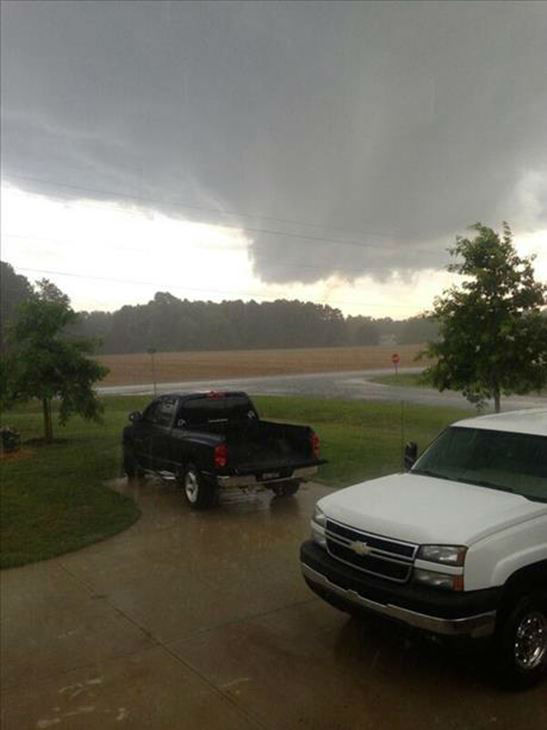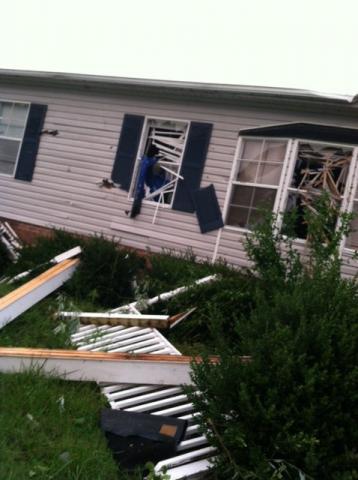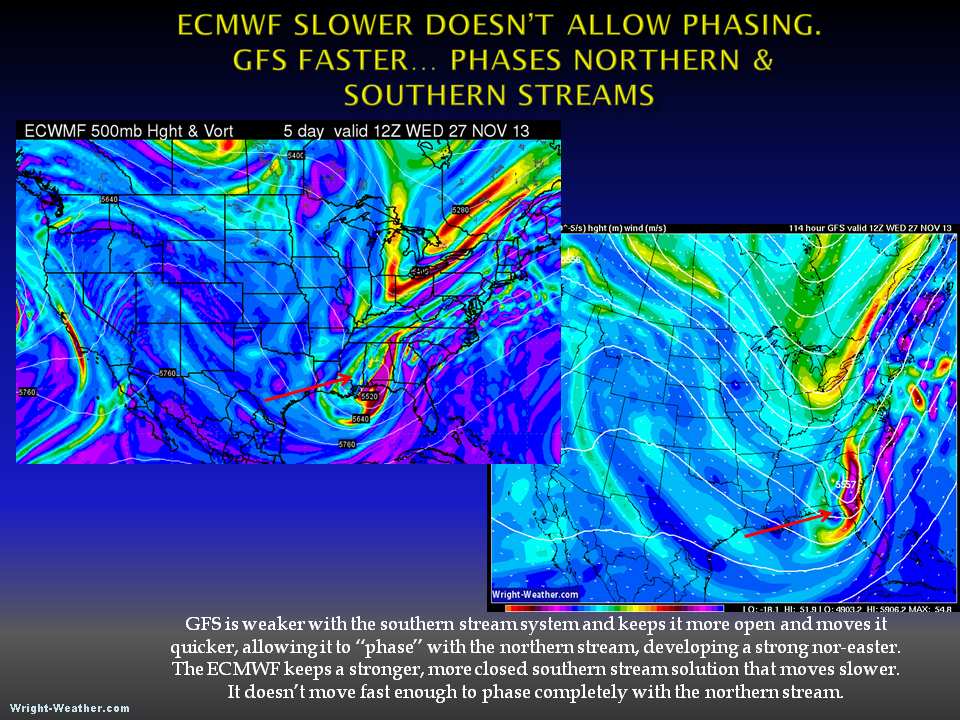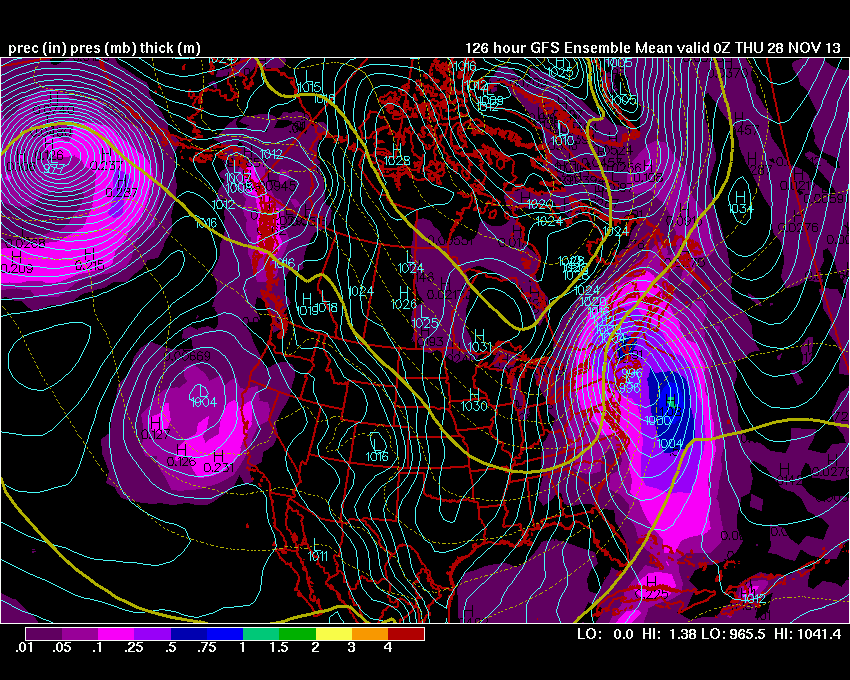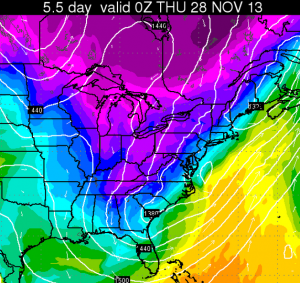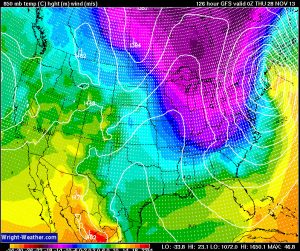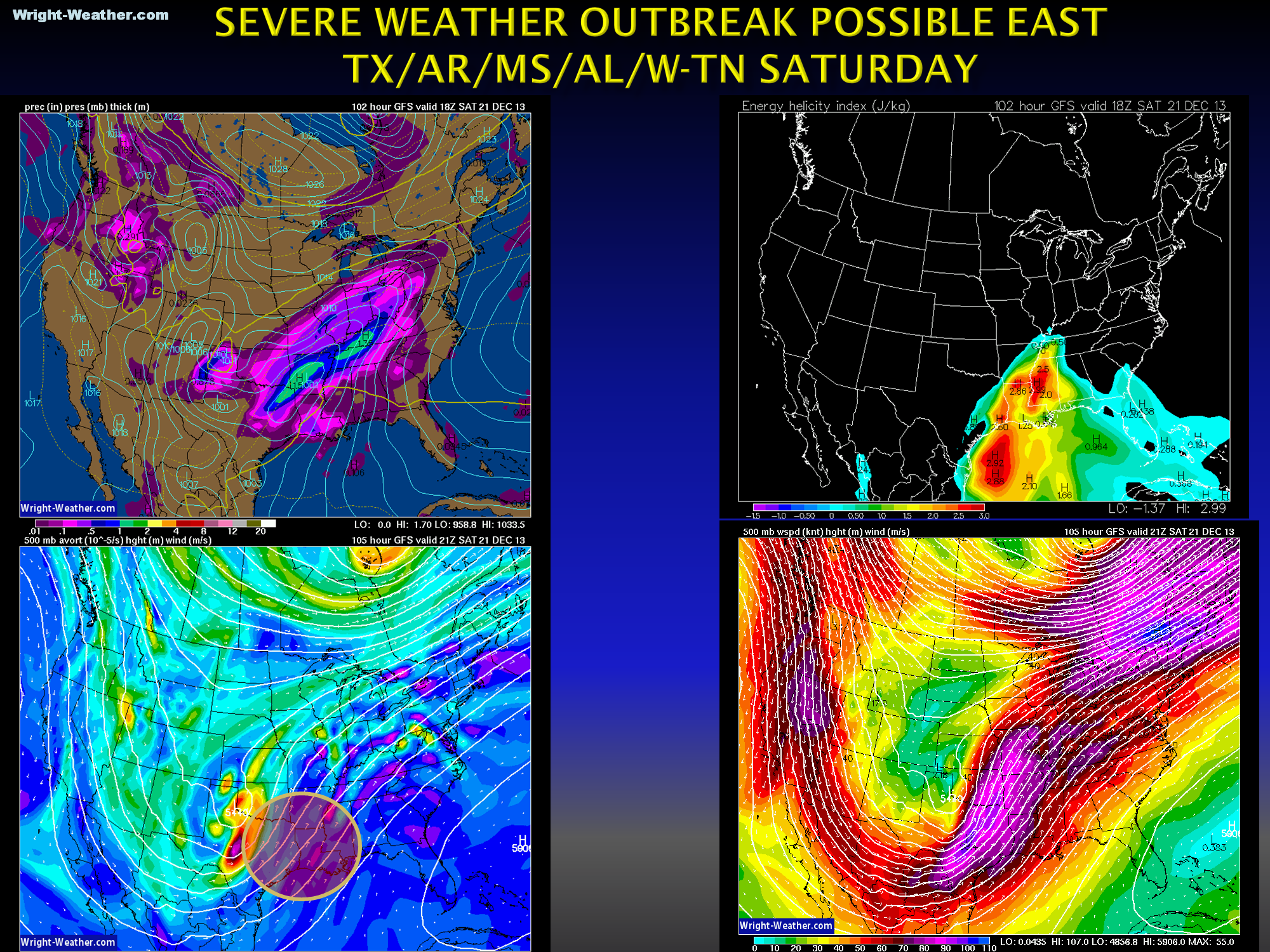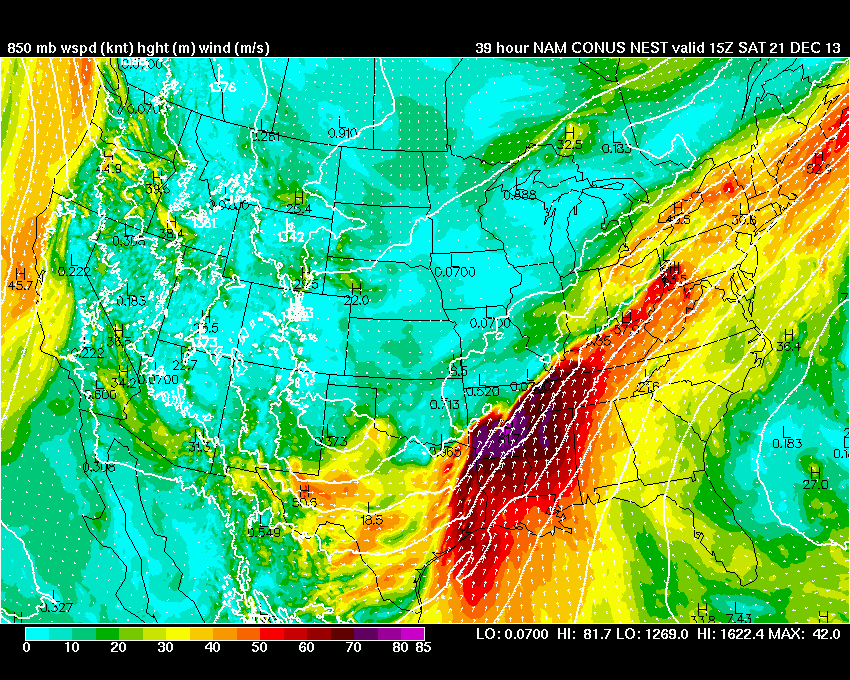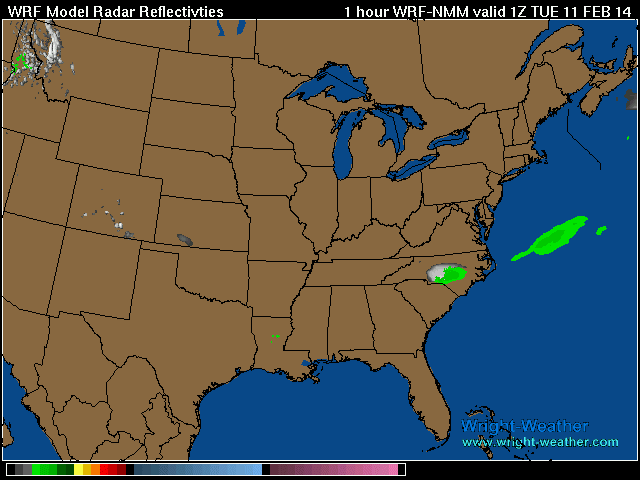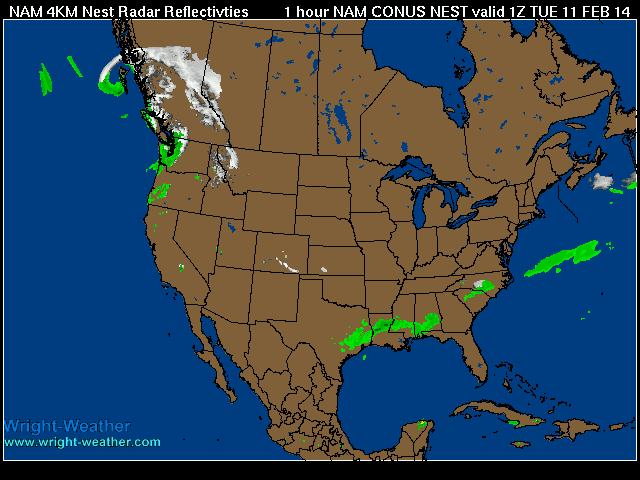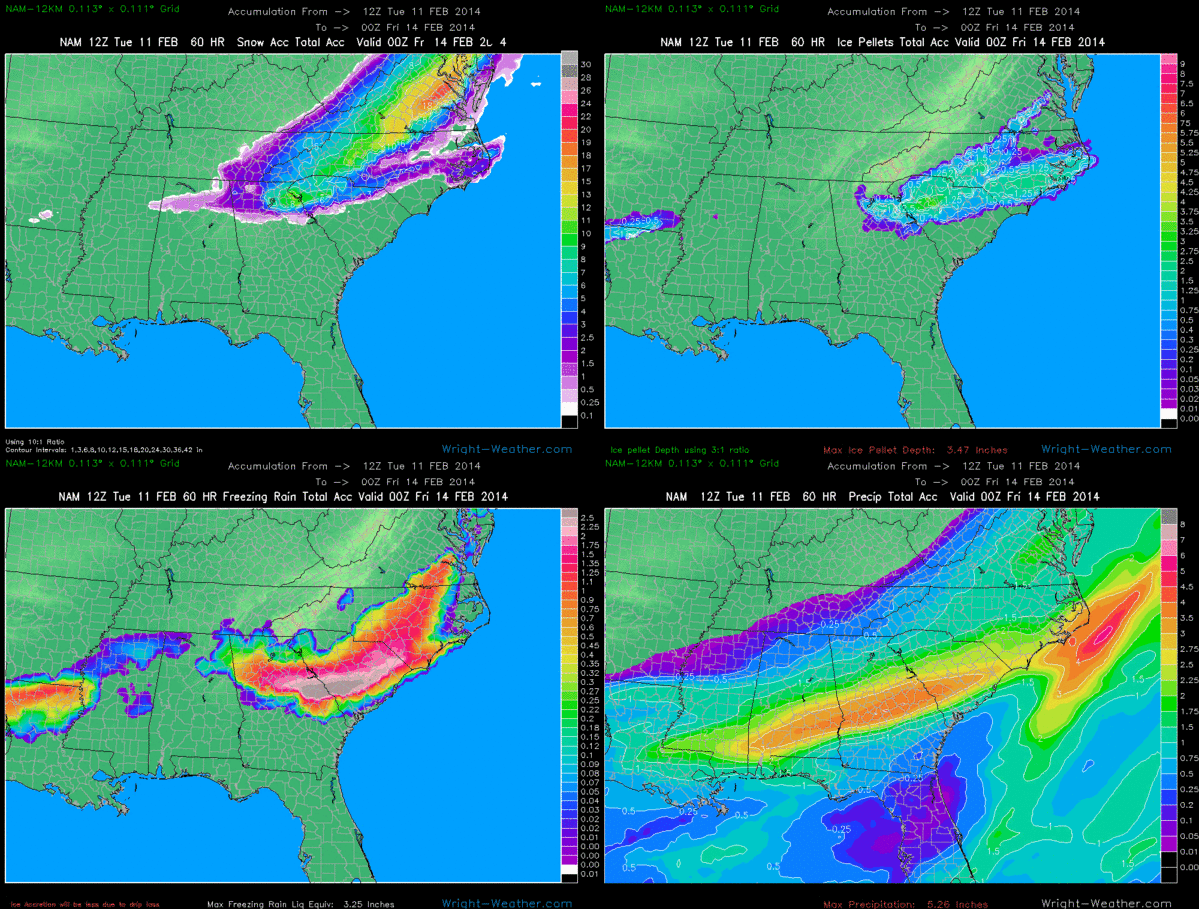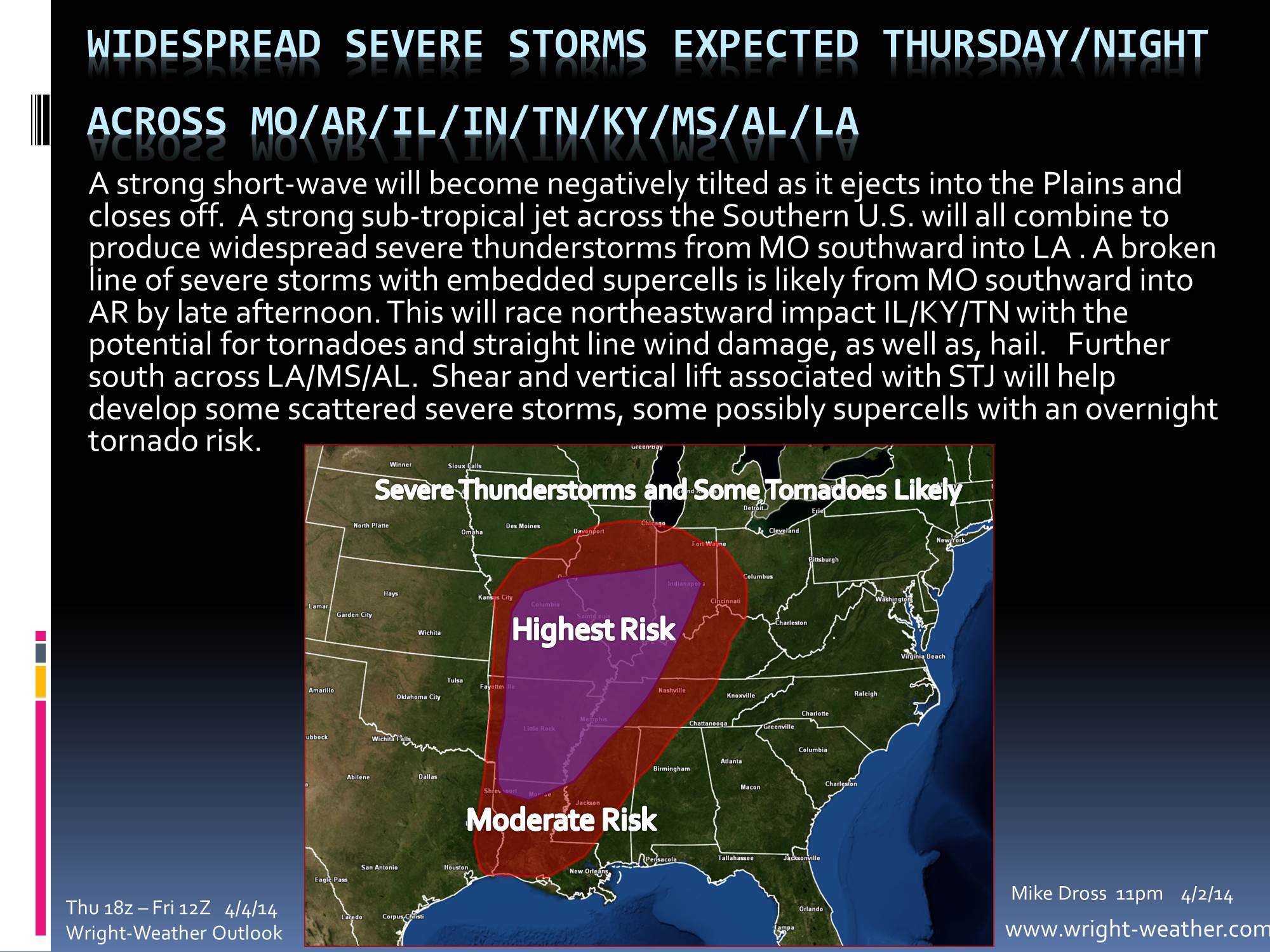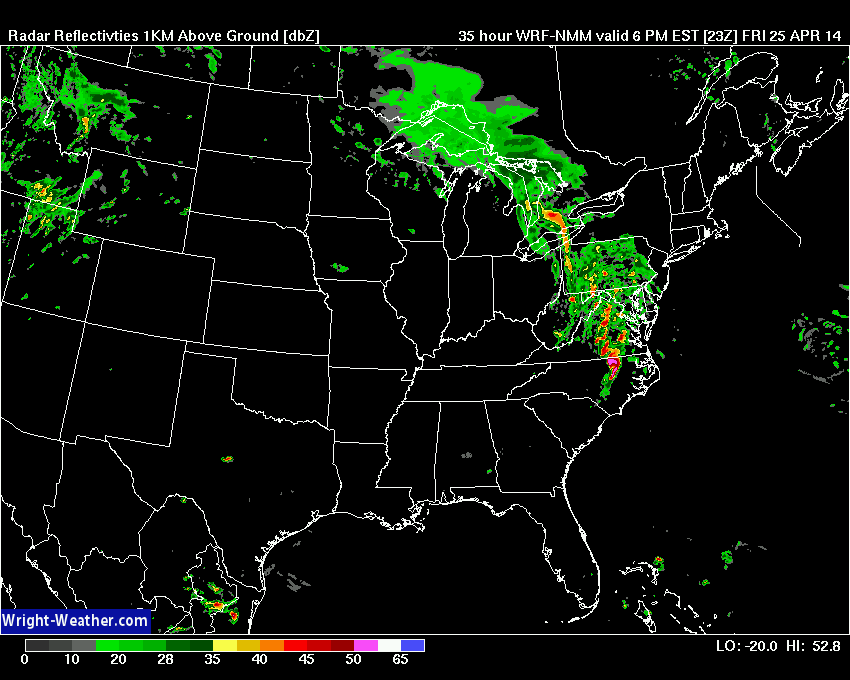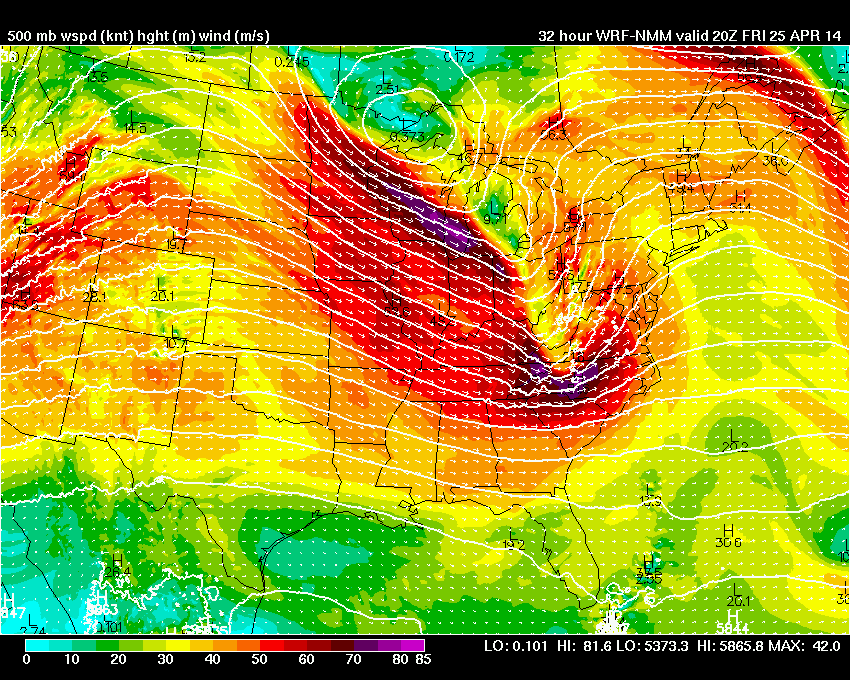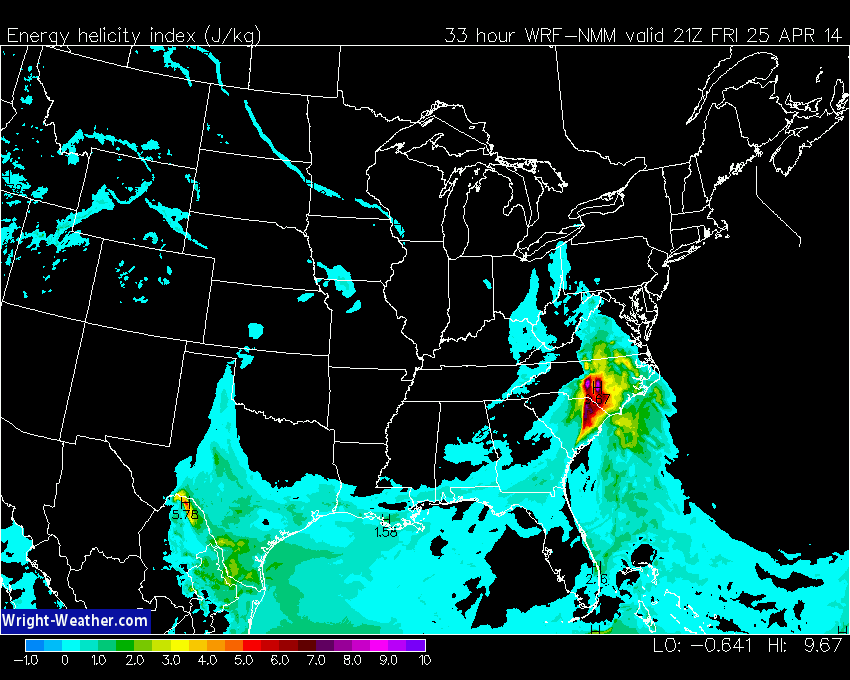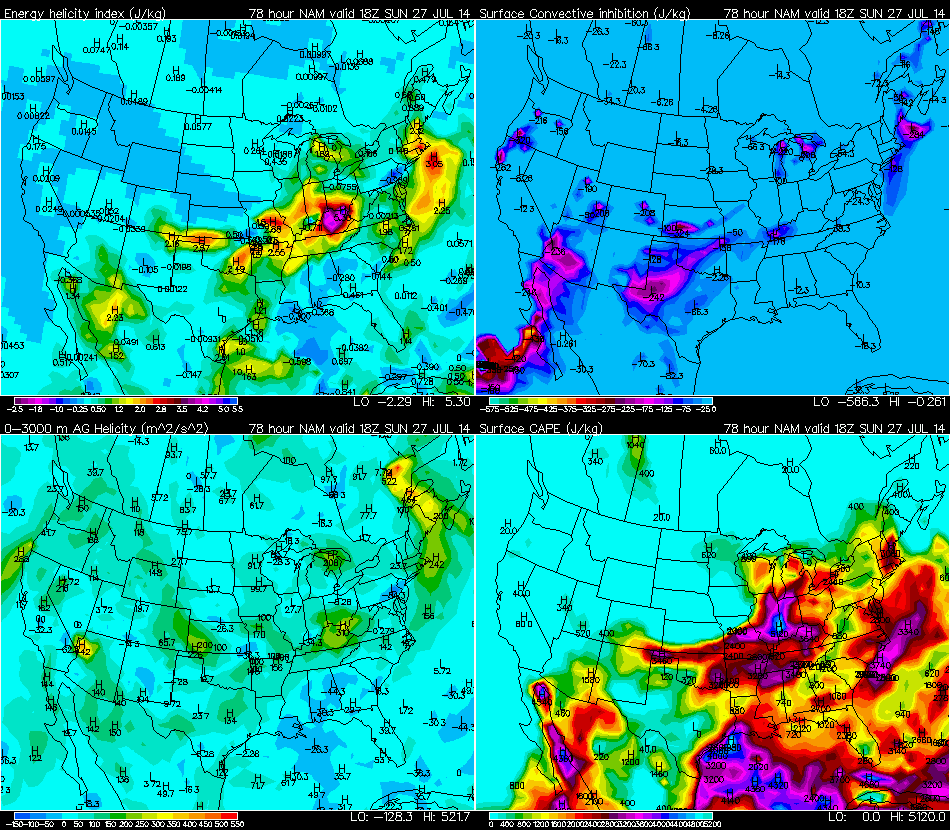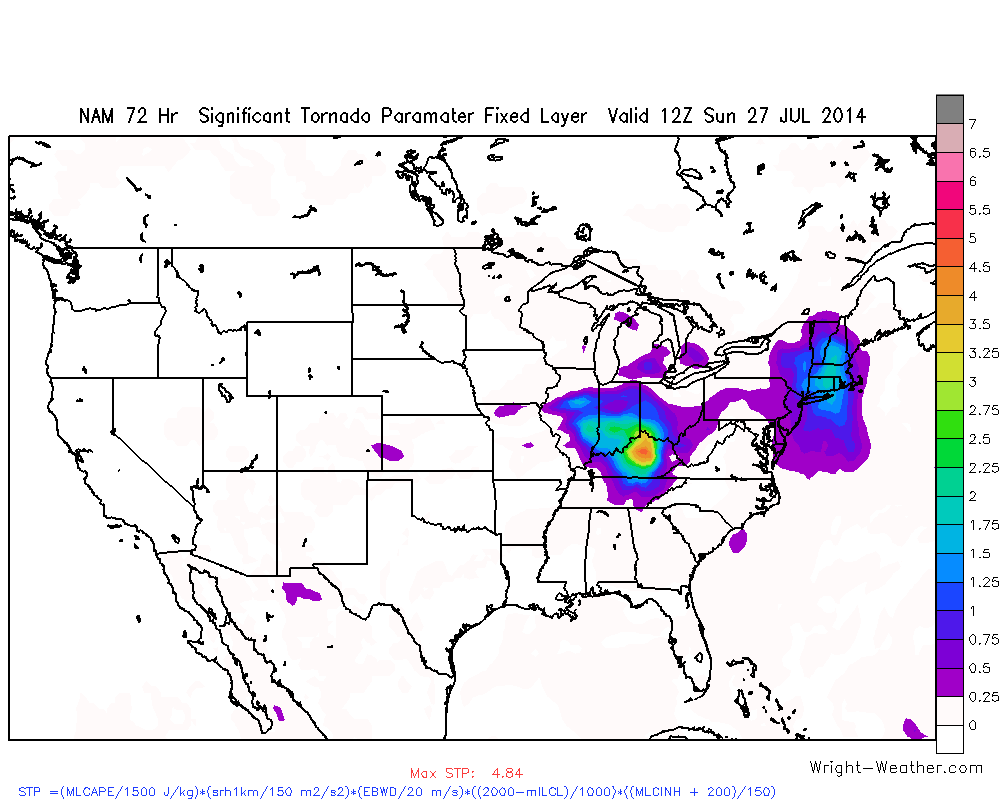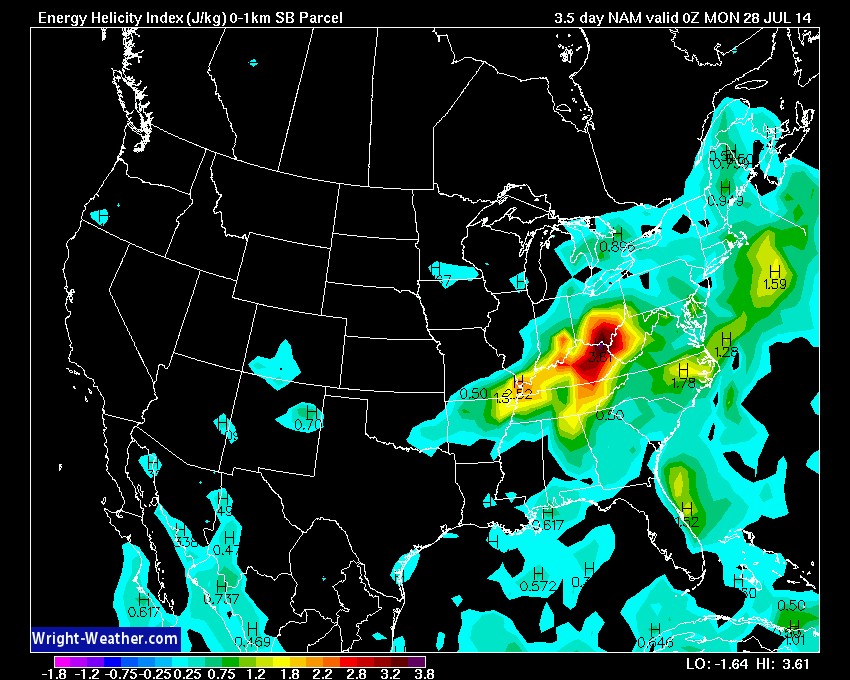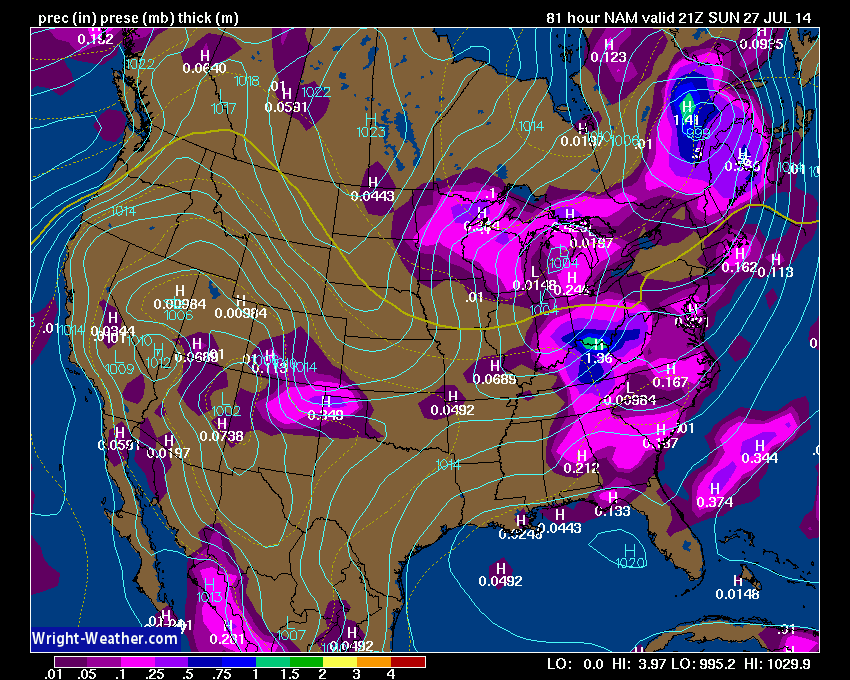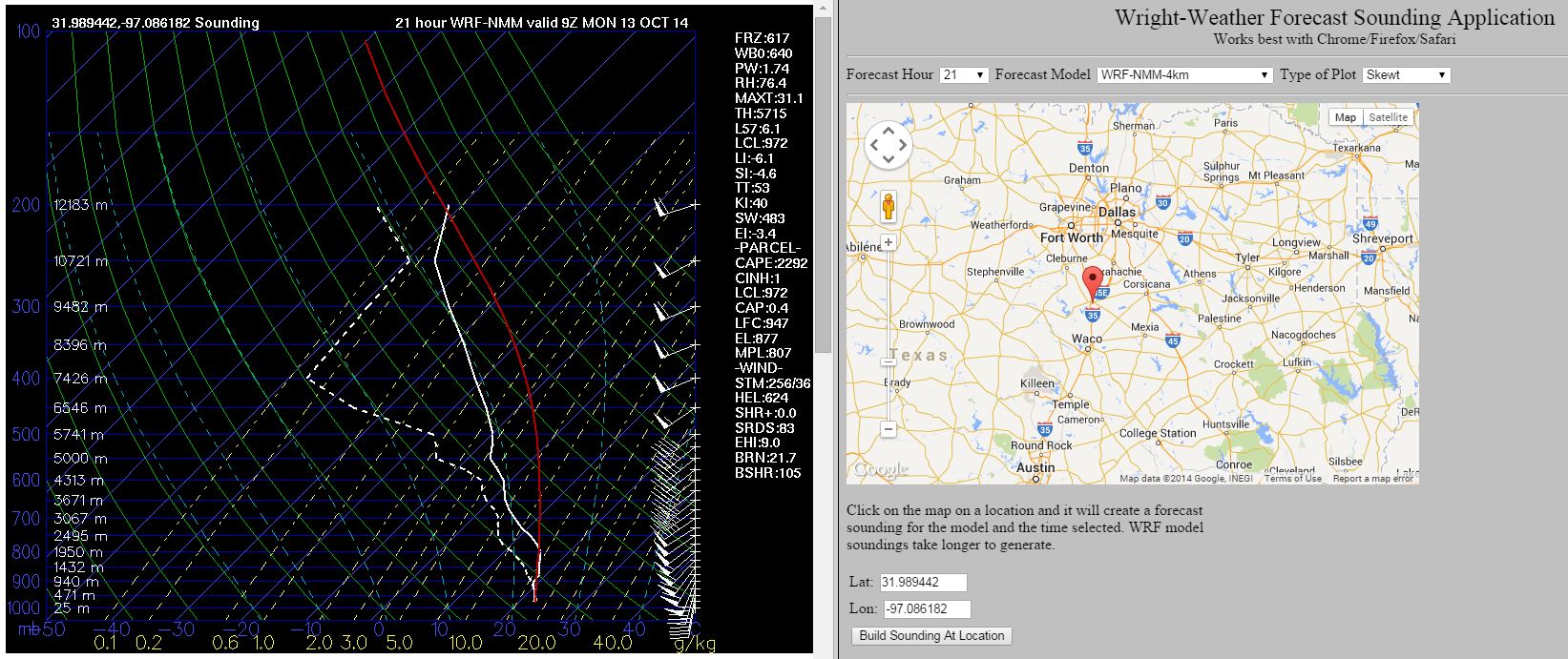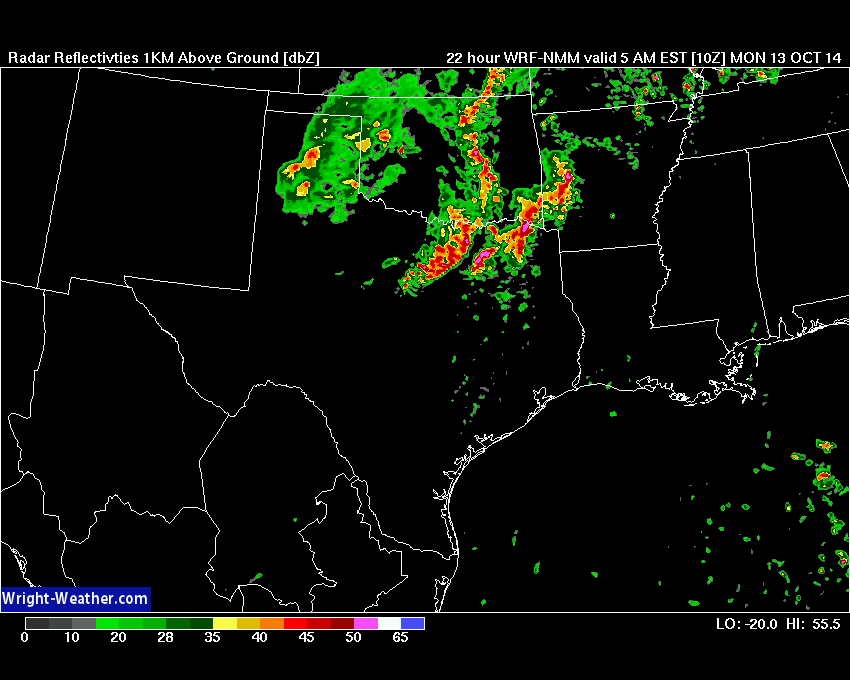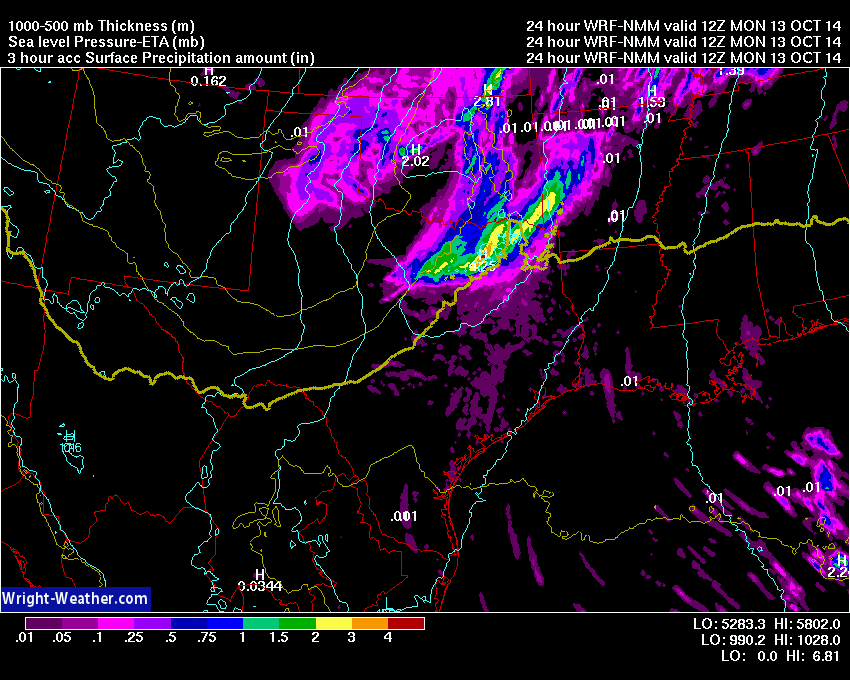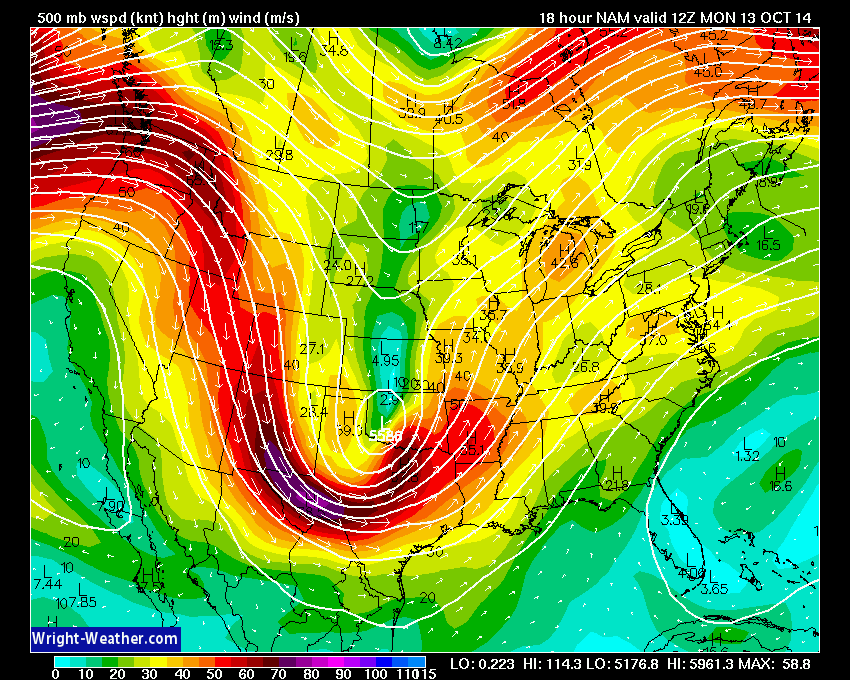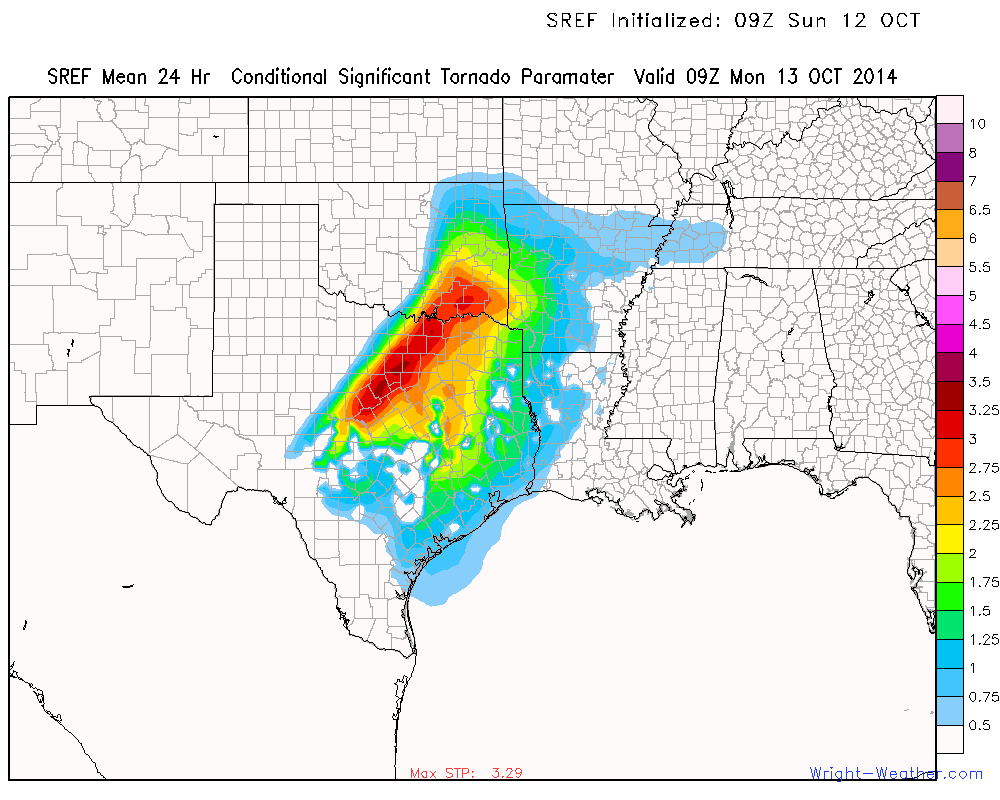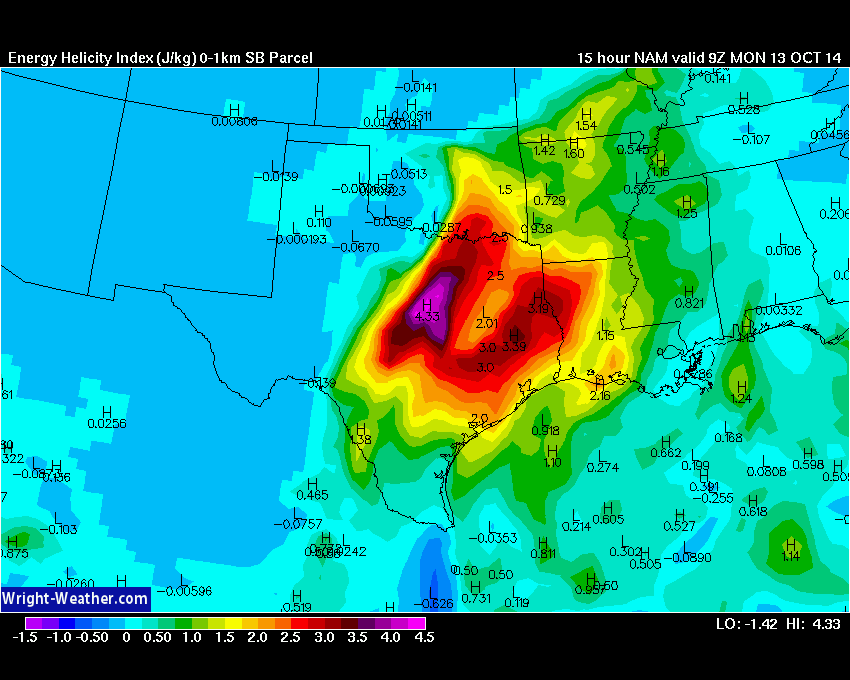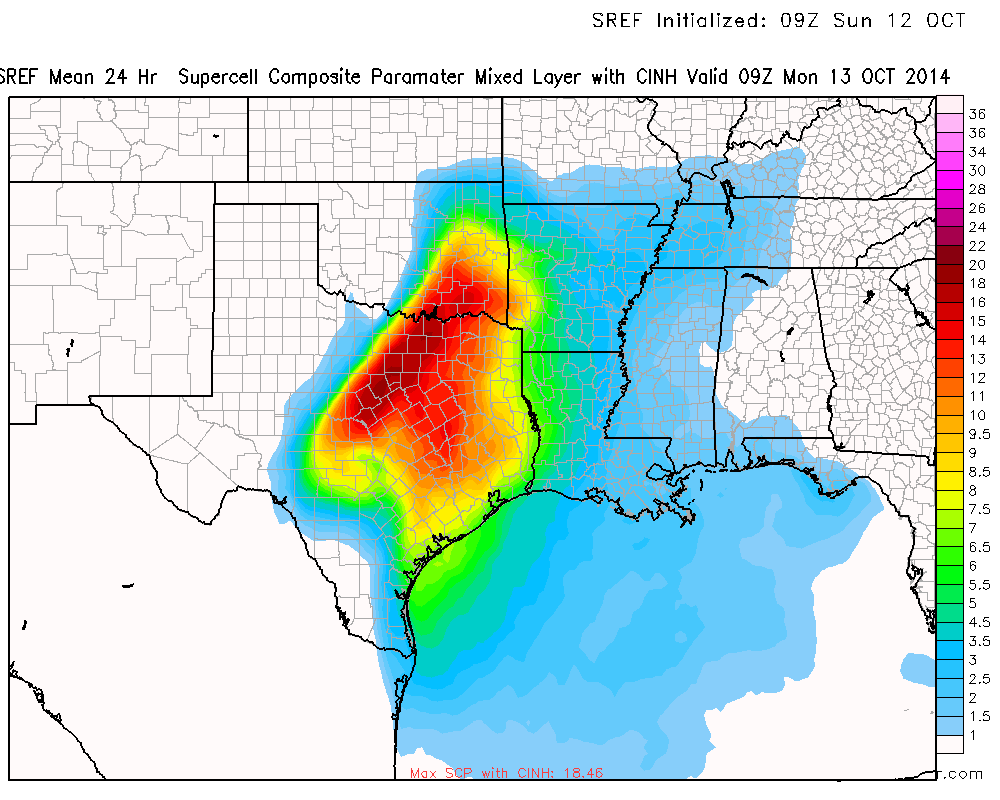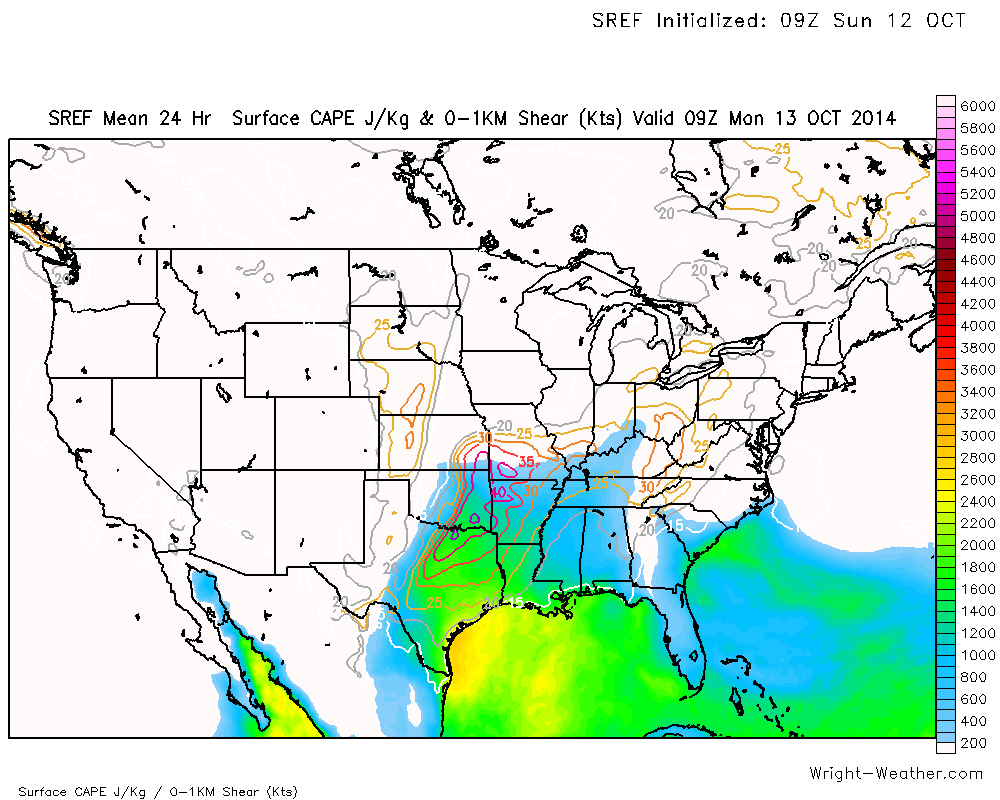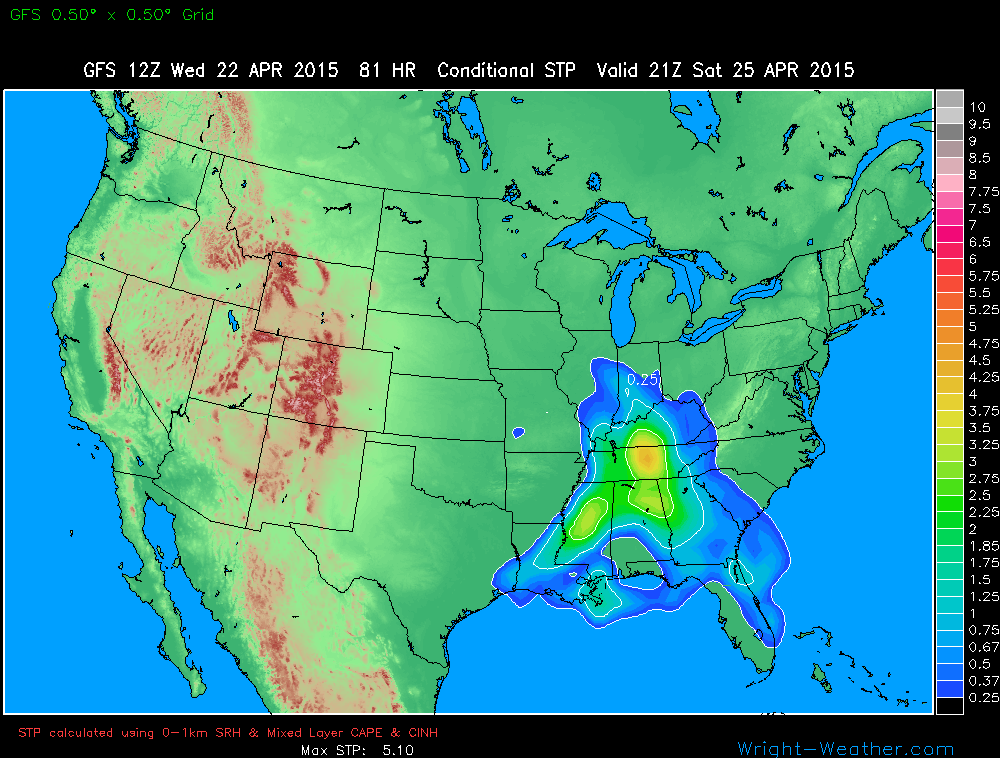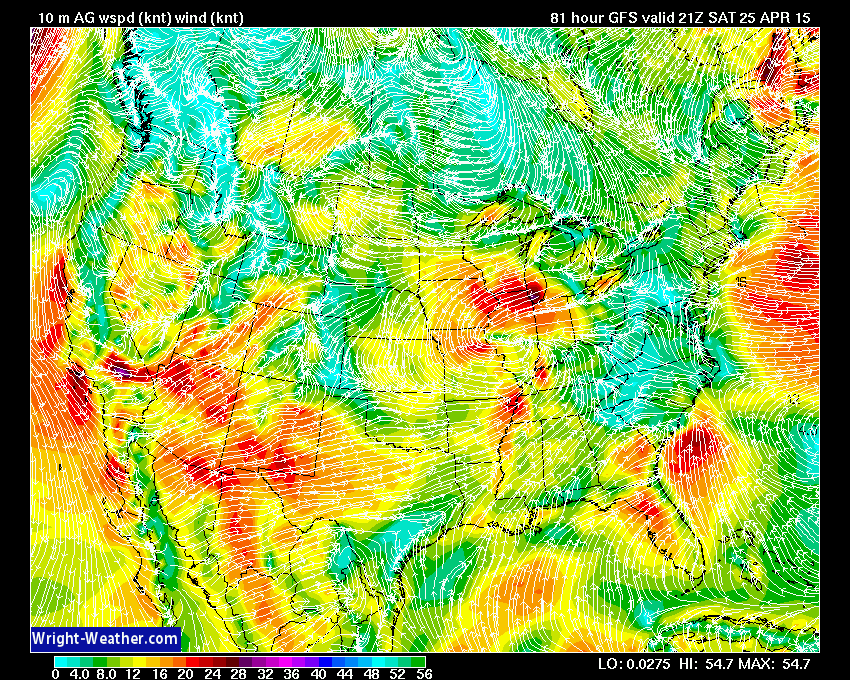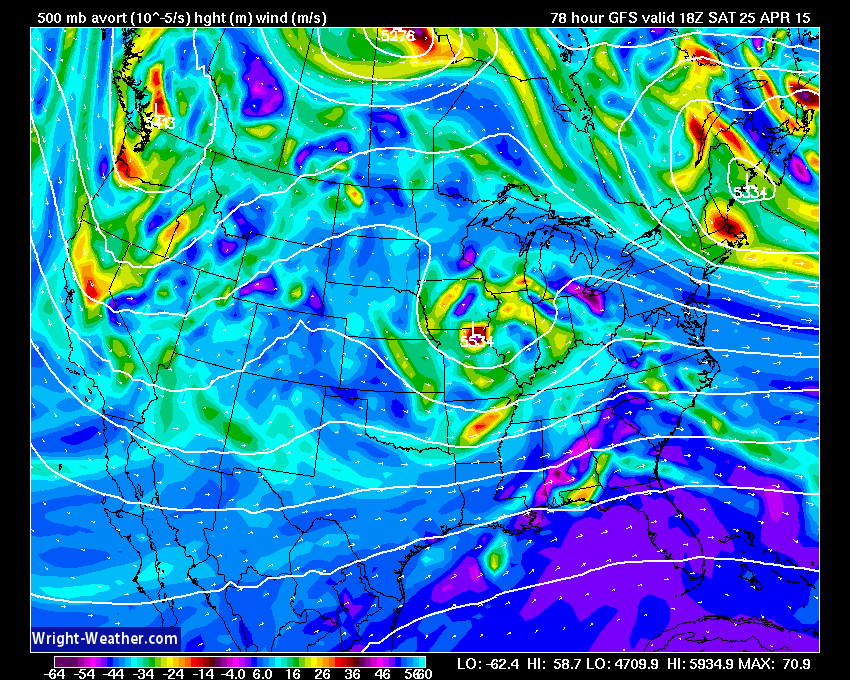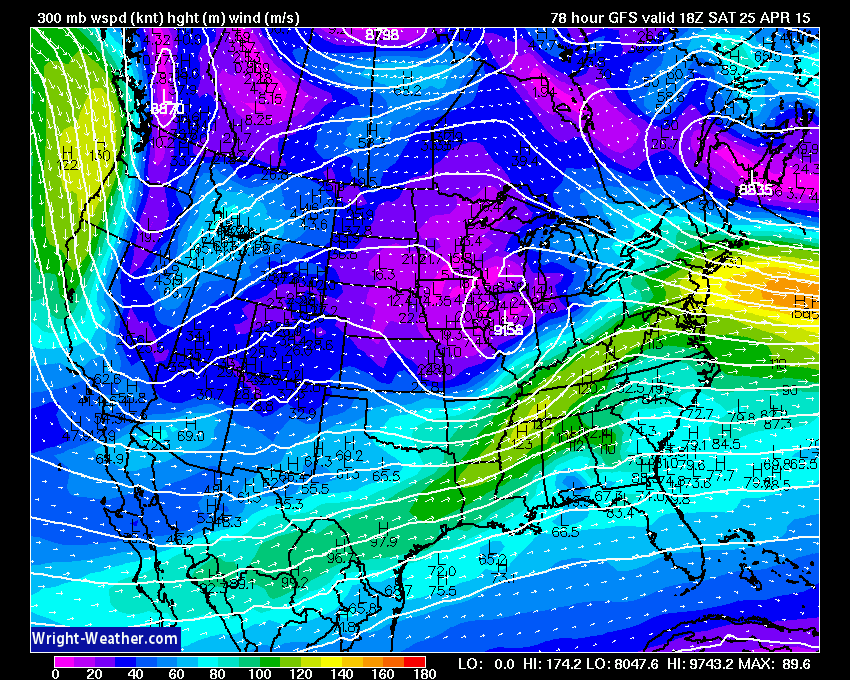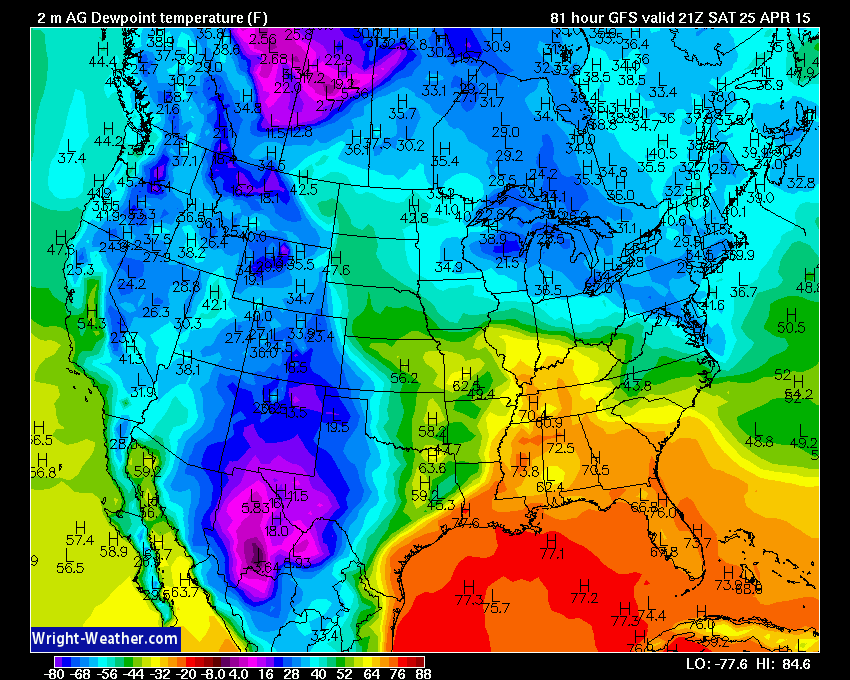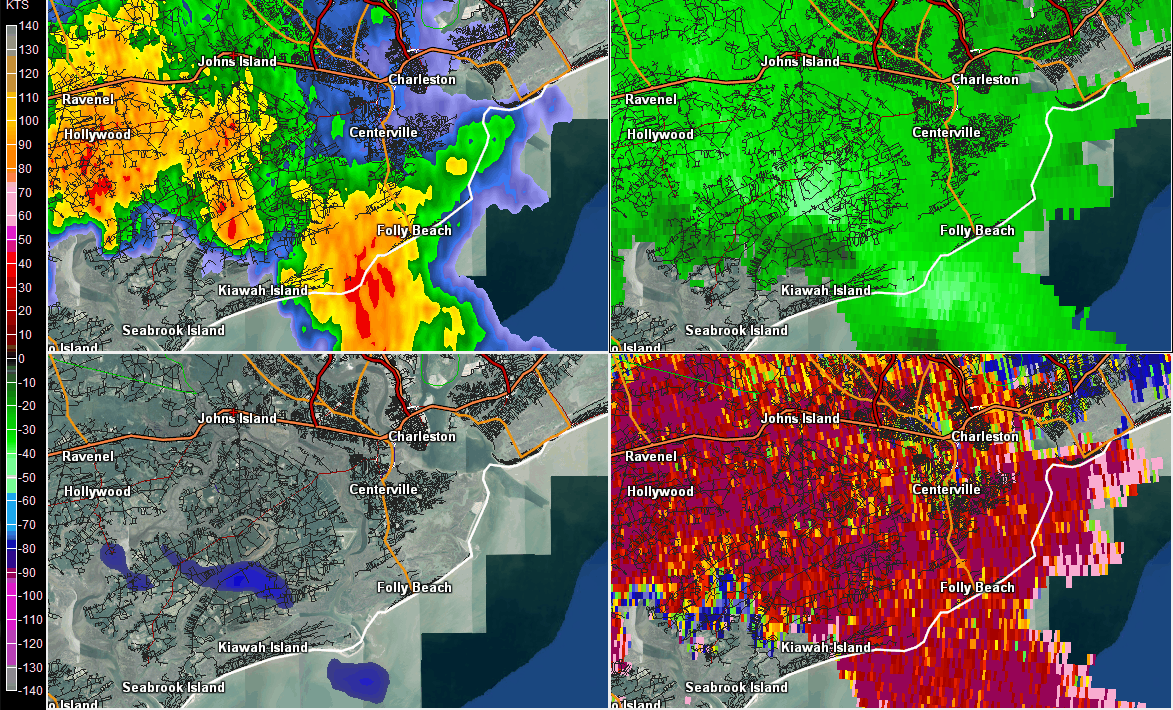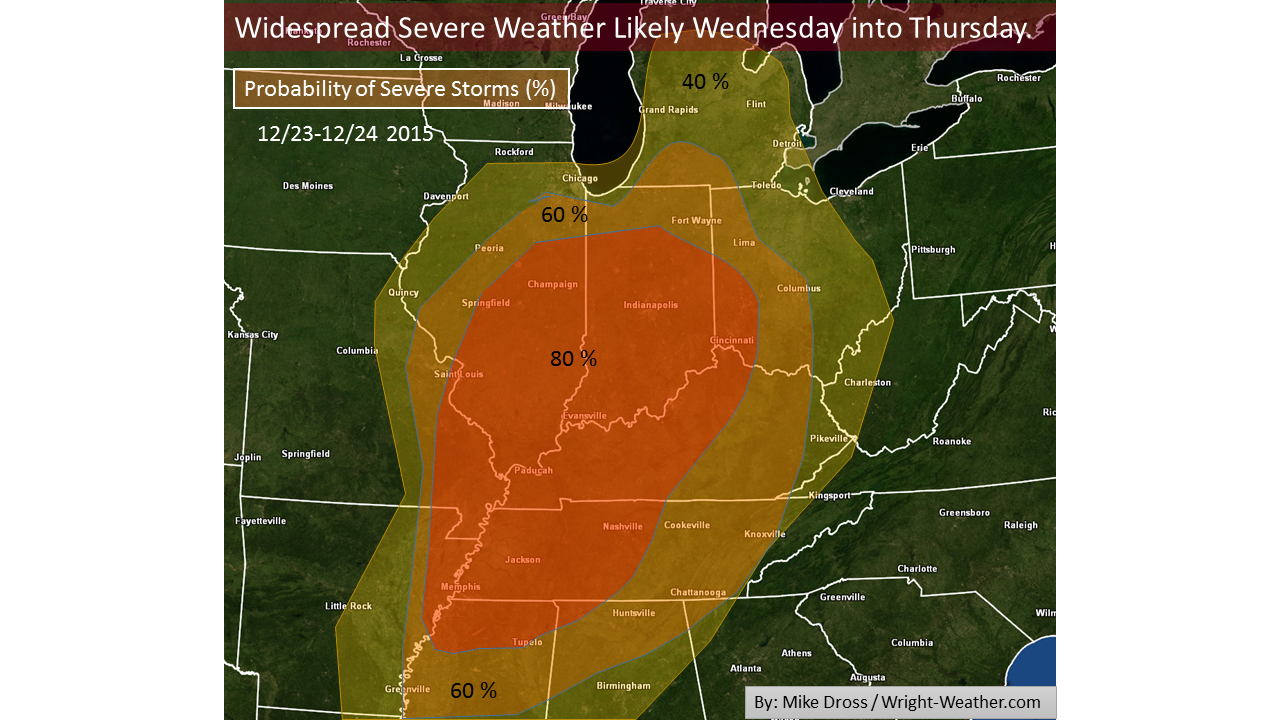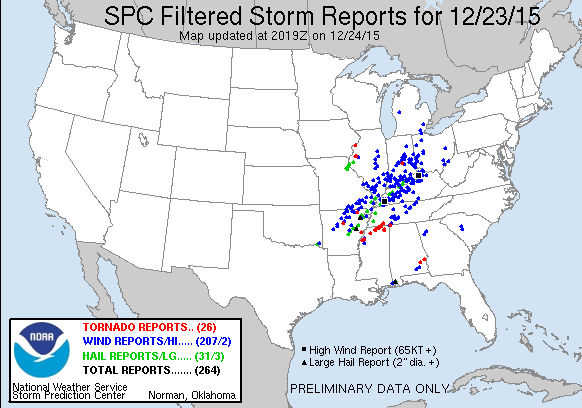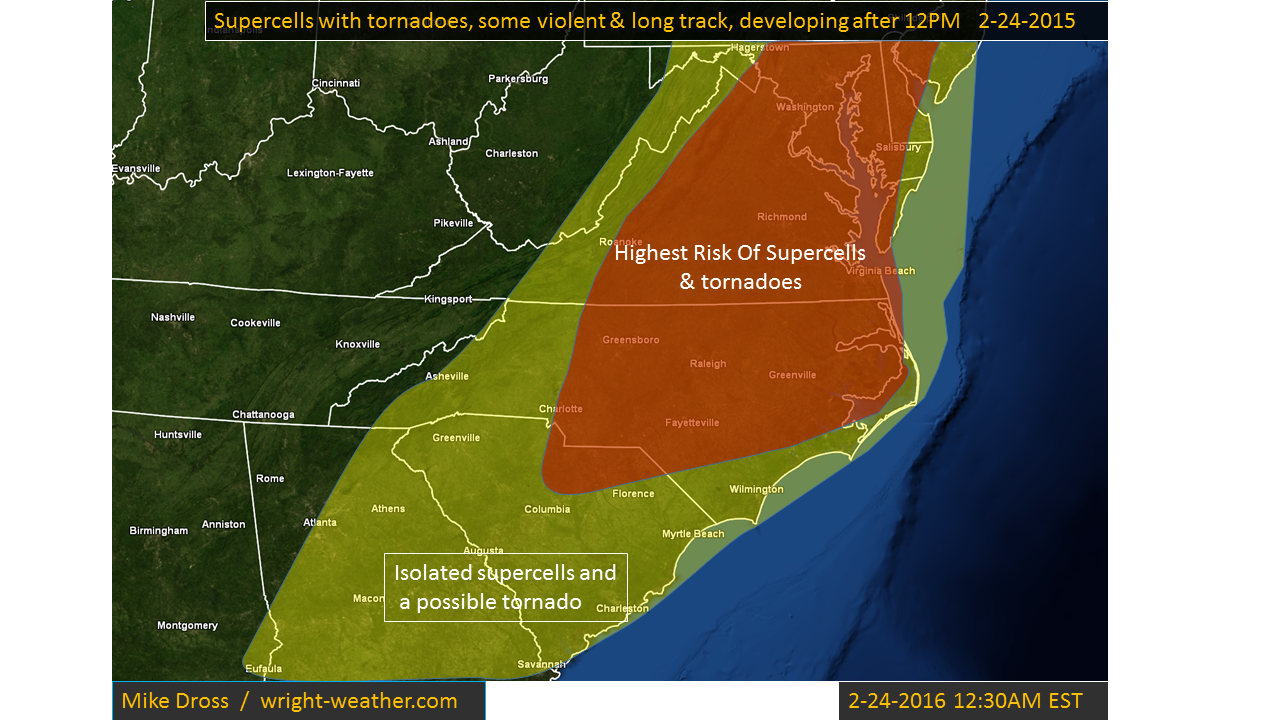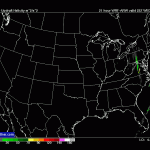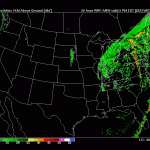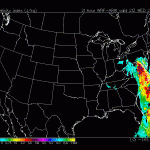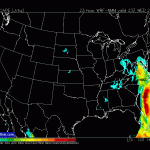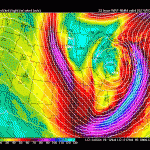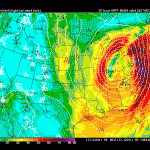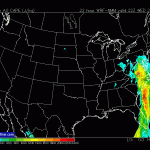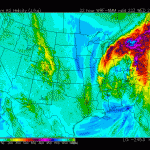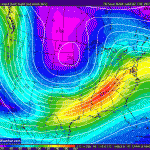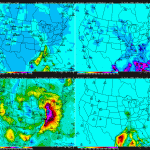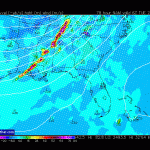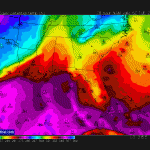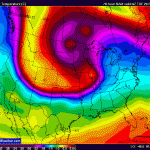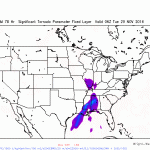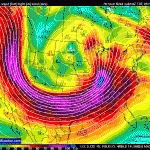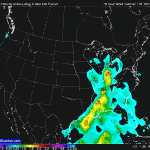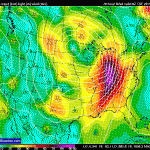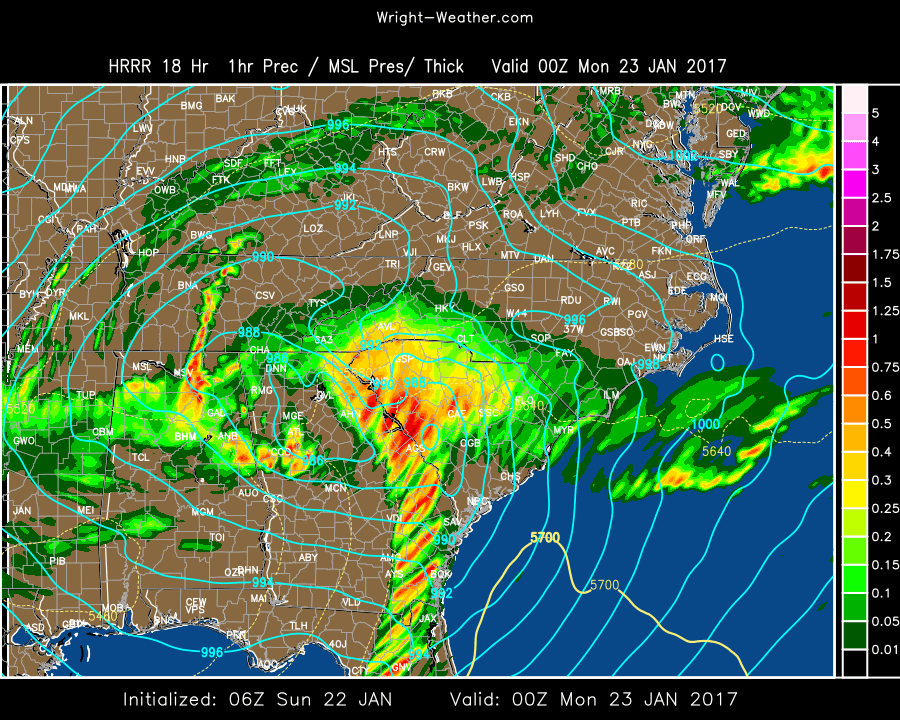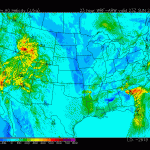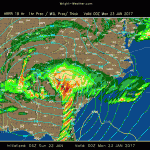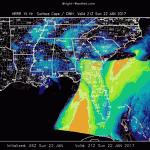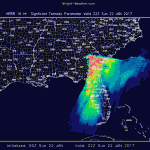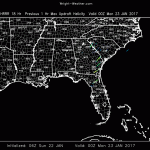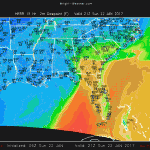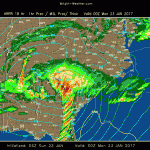The next operational version of the GFS model v14.0 is currently in evaluation and available on Wright-Weather.com.
Here is the link. It updates at 00/06/12/18Z and comes out a couple hours later than the Operational GFS.
http://gfsp.wright-weather.com/gfsp.shtml
FROM NCEP/EMC
Changes and associated expected benefits of the GDAS/GFS model upgrade include:
Changes to assimilation:
- Introduction of Near-Surface Sea Temperature (NSST) describing near surface oceanic vertical temperature structure due to diurnal warming and sub-layer cooling physical processes. SST, satellite data assimilation and weather forecasting will be improved by using advanced GSI data assimilation techniques to analyze SST together with atmospheric analysis variables.
Changes to observations:
– Include Megha-Tropiques SAPHIR radiance assimilation
– Monitor GPM/GMI radiance assimilation
– Changes to land surface type specification for CRTM
– AVHRR radiance and in situ (buoys & ships) sea water temperature observations are added to analyze SST
- SATWND observation changes
– Assimilate VIIRS winds
– Log-Normal wind QC for winds
– Assimilate GOES clear-air water vapor winds
– Assimilate extra GNSS-RO observations
– Fix cloud water increment bug
– Readiness for CrIS Full Resolution Data and add/extend RARS and DBNET capability (JPSS, GOESR)
Forecast model:
- NEMS software superstructure and infrastructure
- SST diurnal variability is resolved with the NSST model.
- Land surface changes
– IGBP 20-type 1 km land classification
– STASGO 19-type 1 km soil classification
– MODIS-based snow free albedo
– MODIS-based maximum snow albedo
– Diurnal albedo treatment
– Unify snow cover, albedo between radiation and land surface model
– Increase ground heat flux under deep snow
- Stability parameter constraint in the Monin-Obukov similarity theory to prevent land surface and atmosphere from fully decoupling leading to excessive cooling of 2m temperature during sunset. Modification of the roughness-length formulation in the surface layer.
- Changes to cumulus convection
– Scale-aware, aerosol-aware
– Rain conversion rate decreases with decreasing air temperature above freezing level
– Convective adjustment time in deep convection proportional to convective turn-over time with CAPE approaching zero after adjustment time
– Cloud base mass flux in shallow convection as a function of mean updraft velocity
– Convection trigger condition to suppress the unrealistic summertime spotty precipitation over high mountains.
– Convective cloudiness enhanced by suspended cloud condensate in updraft
- Rayleigh damping applied to model layers above 2 hPa reduced by 50%.
Surface reference pressure for the two-time-level semi-implicit semi-Lagrangian
- scheme changed from 800 hPa to 1000 hPa.
Changes in the land surface and stability parameter should reduce a near surface wintertime cold bias, a rapid temperature drop during sunset and reduce a blockiness apparent in some near-surface fields. Some nighttime warm biases were introduced. Changes in convection should reduce a positive bias in light amounts of precipitation and unrealistic summertime spotty precipitation over high mountains and increase skill in forecasting precipitation. NSST is expected to improve tropical forecasts and may affect mid-latitude oceanic storms. Reducing Rayleigh damping improved wind and temperature forecast in the upper stratosphere. Applying the revised reference pressure reduced model computational noise in the upper atmosphere.


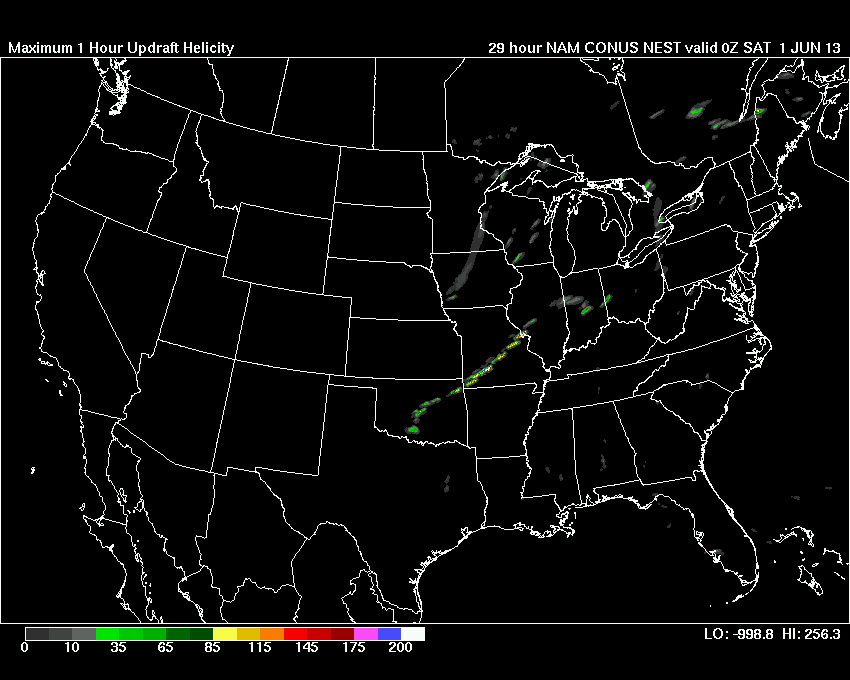
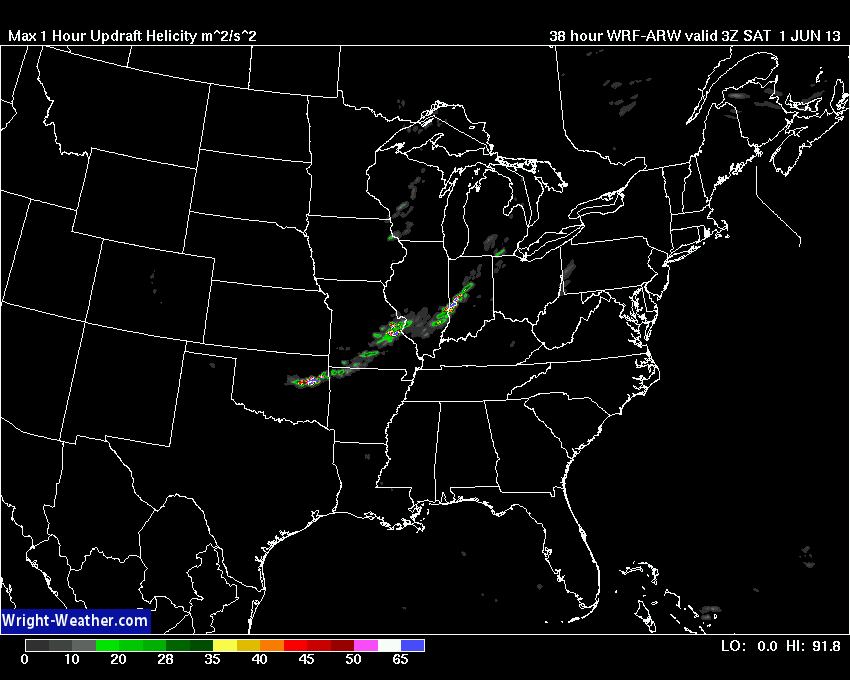
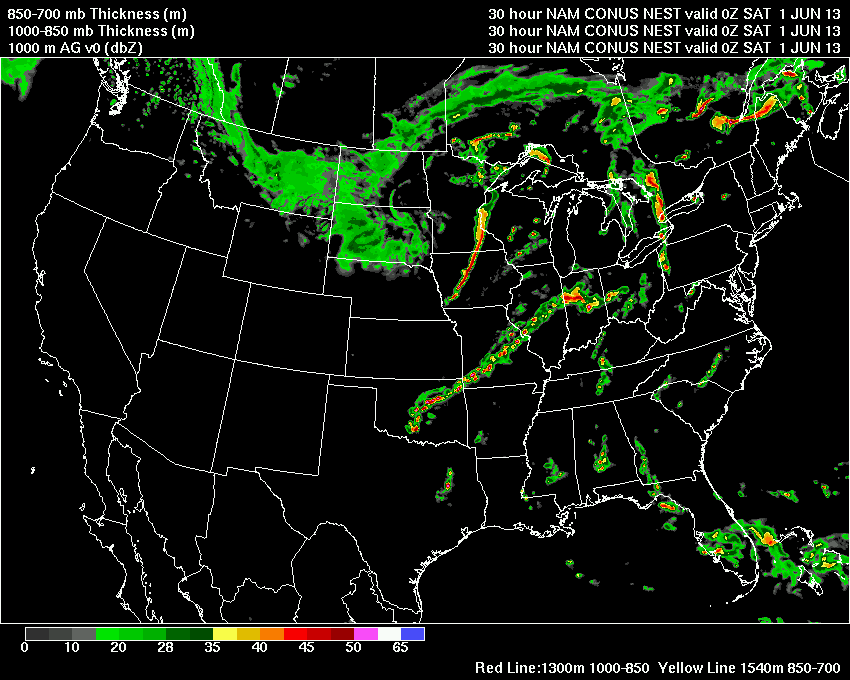
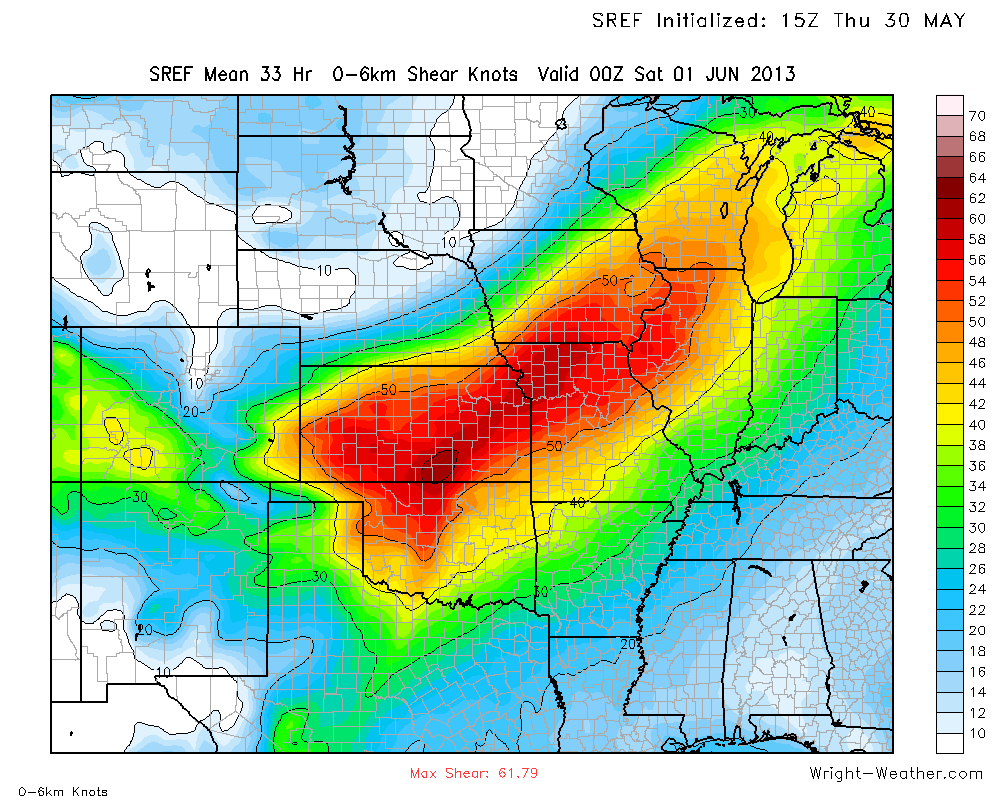
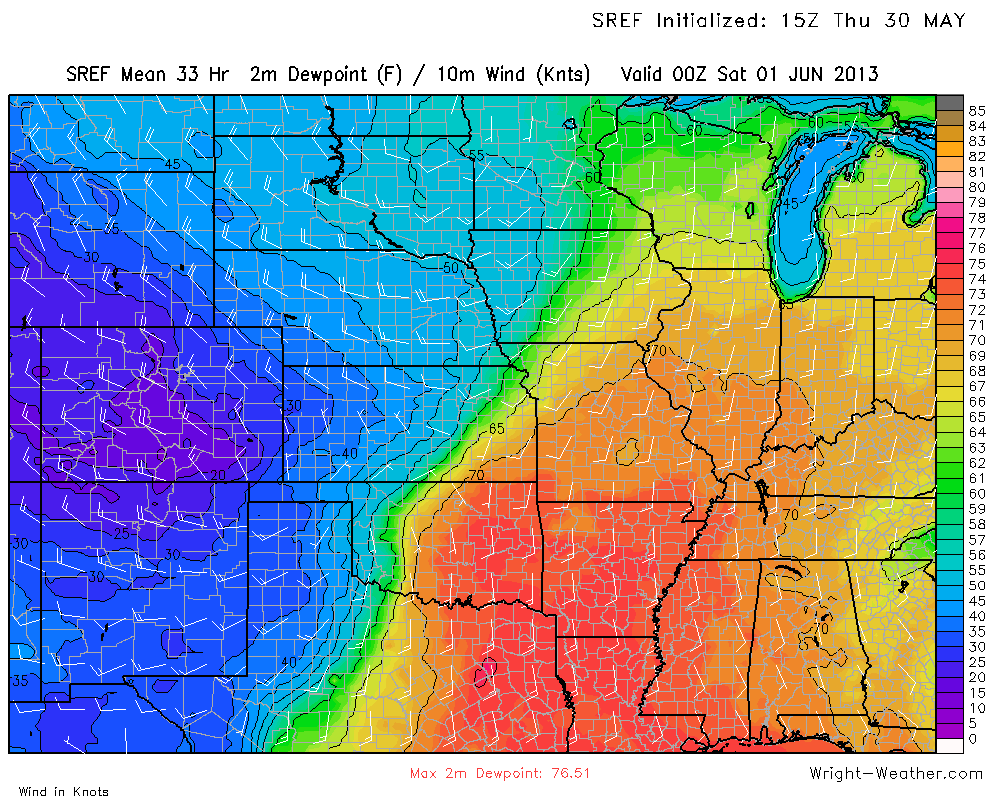
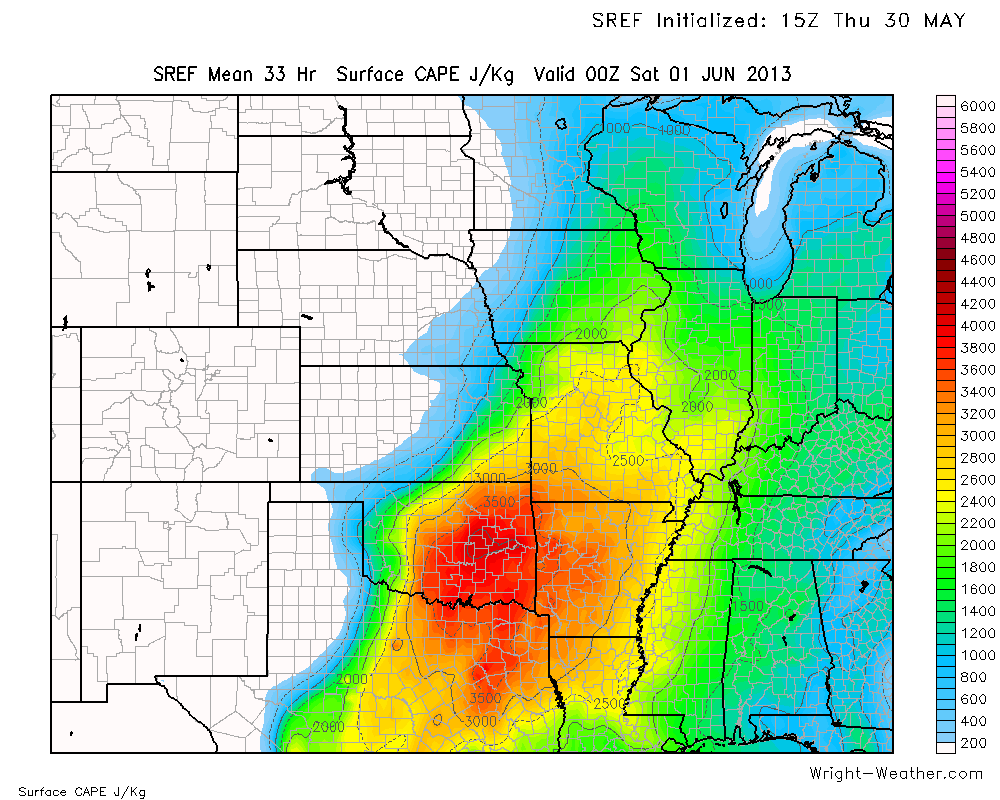
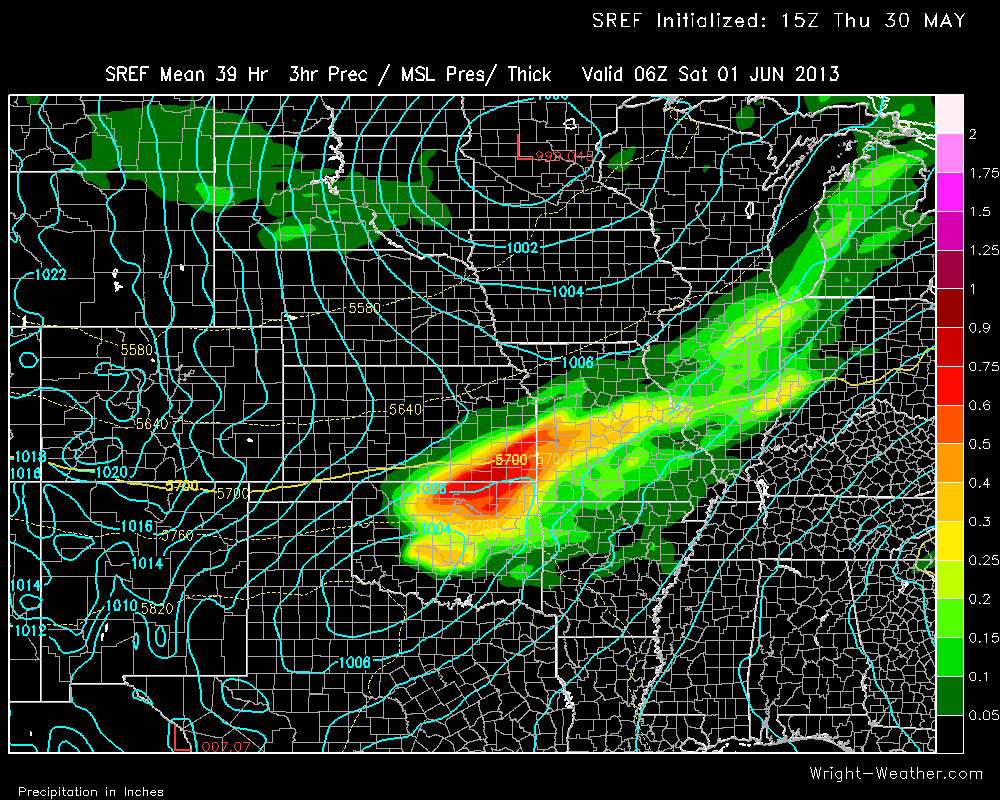
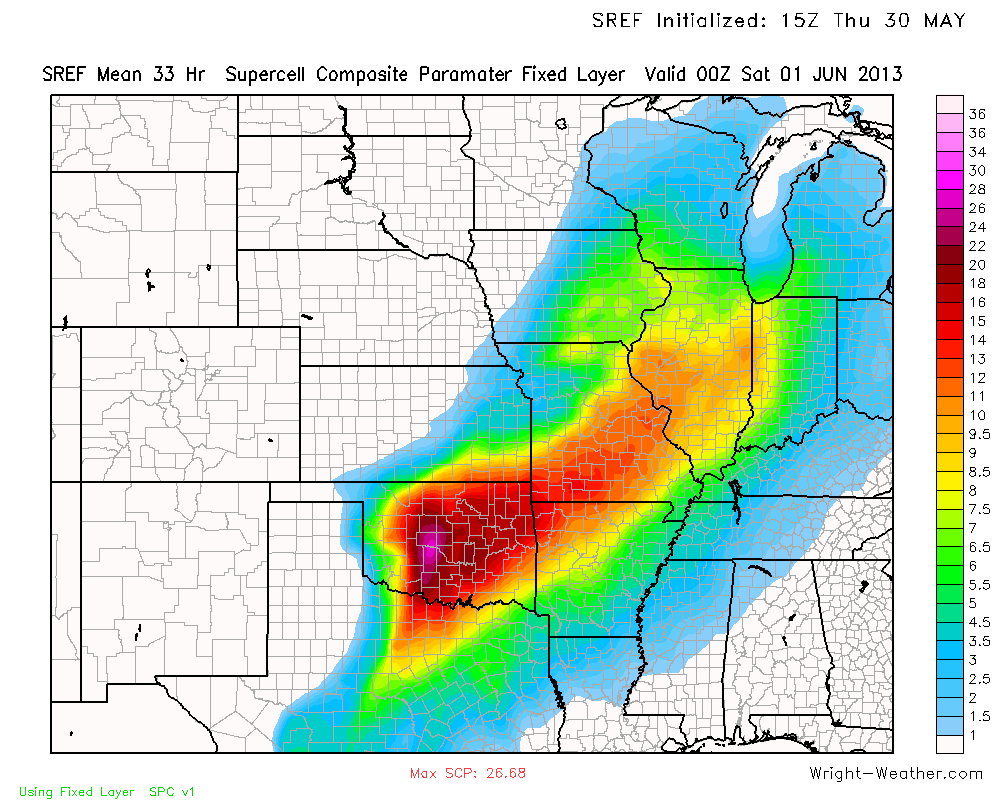
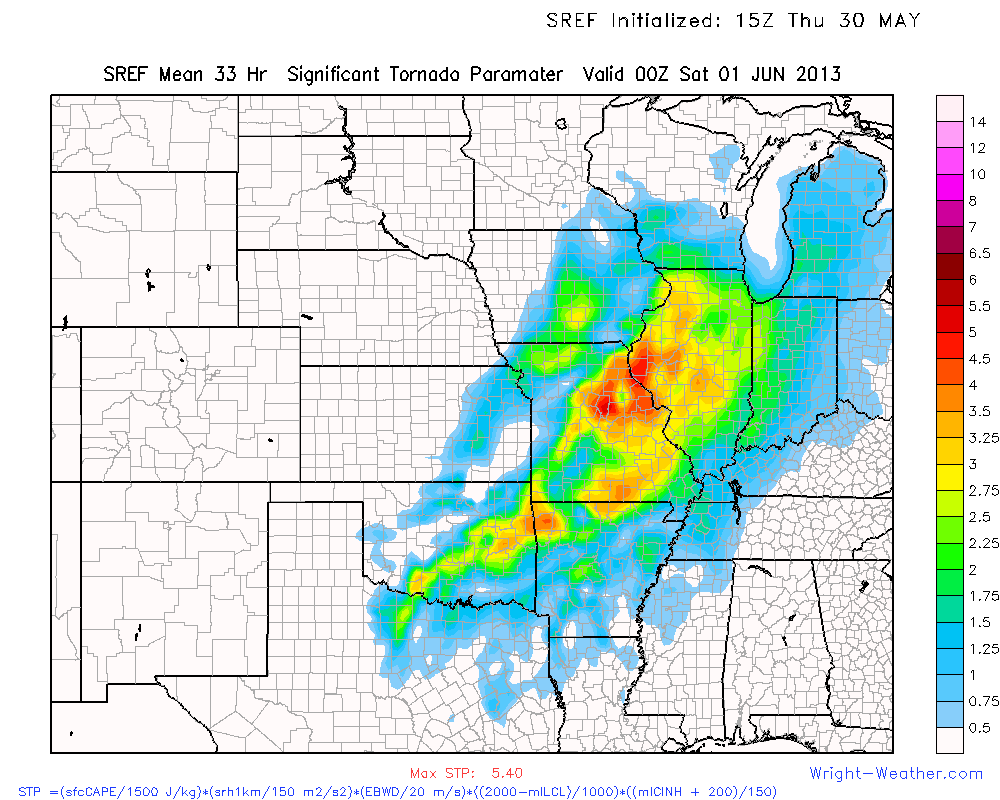

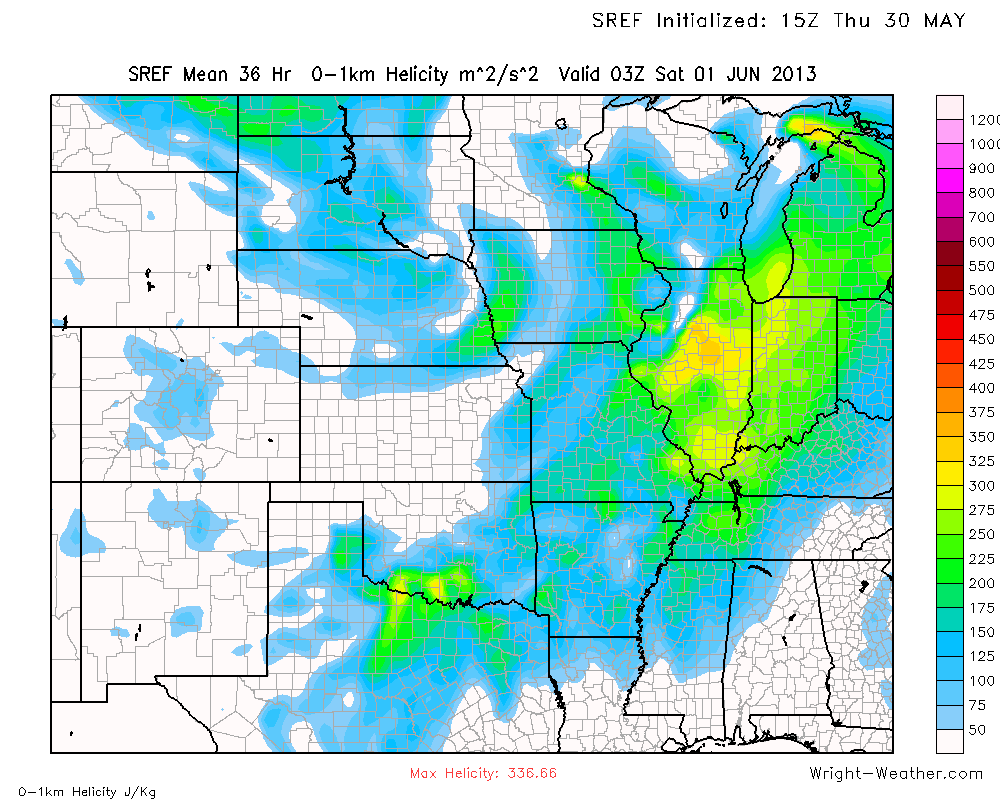
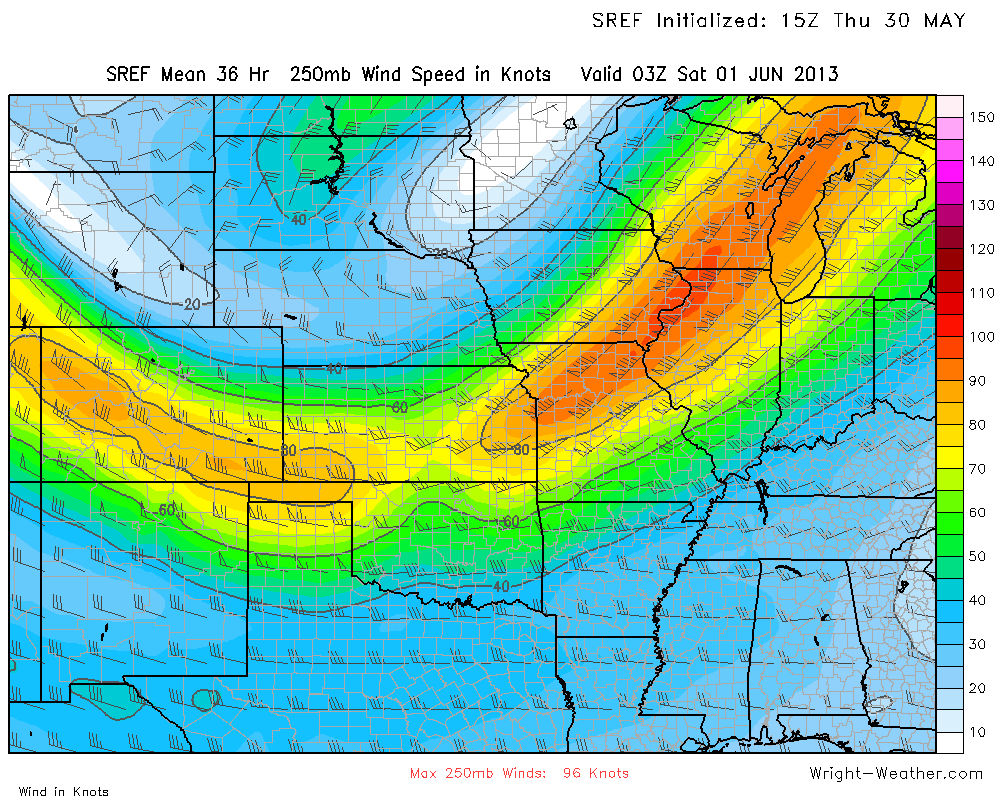




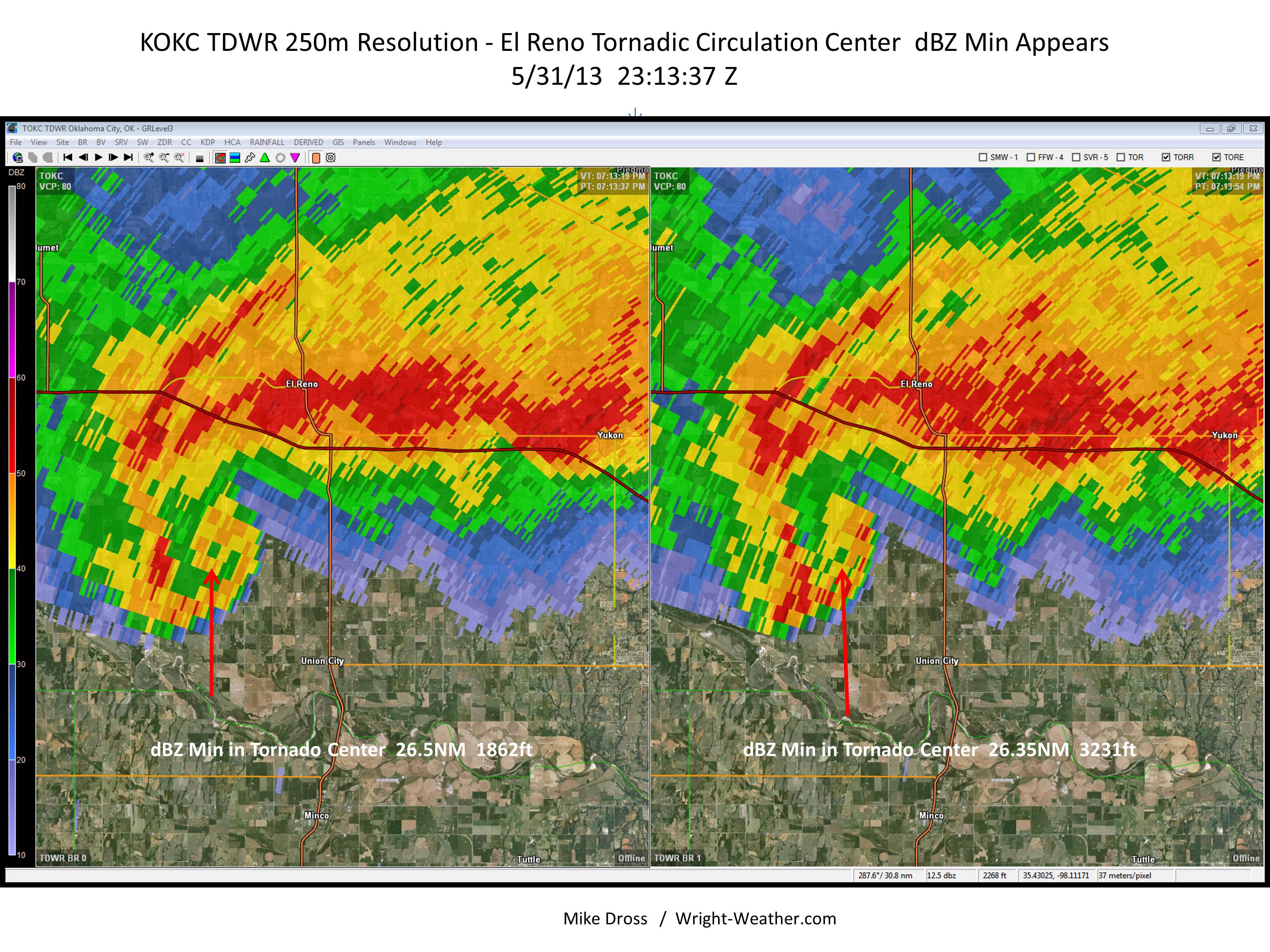

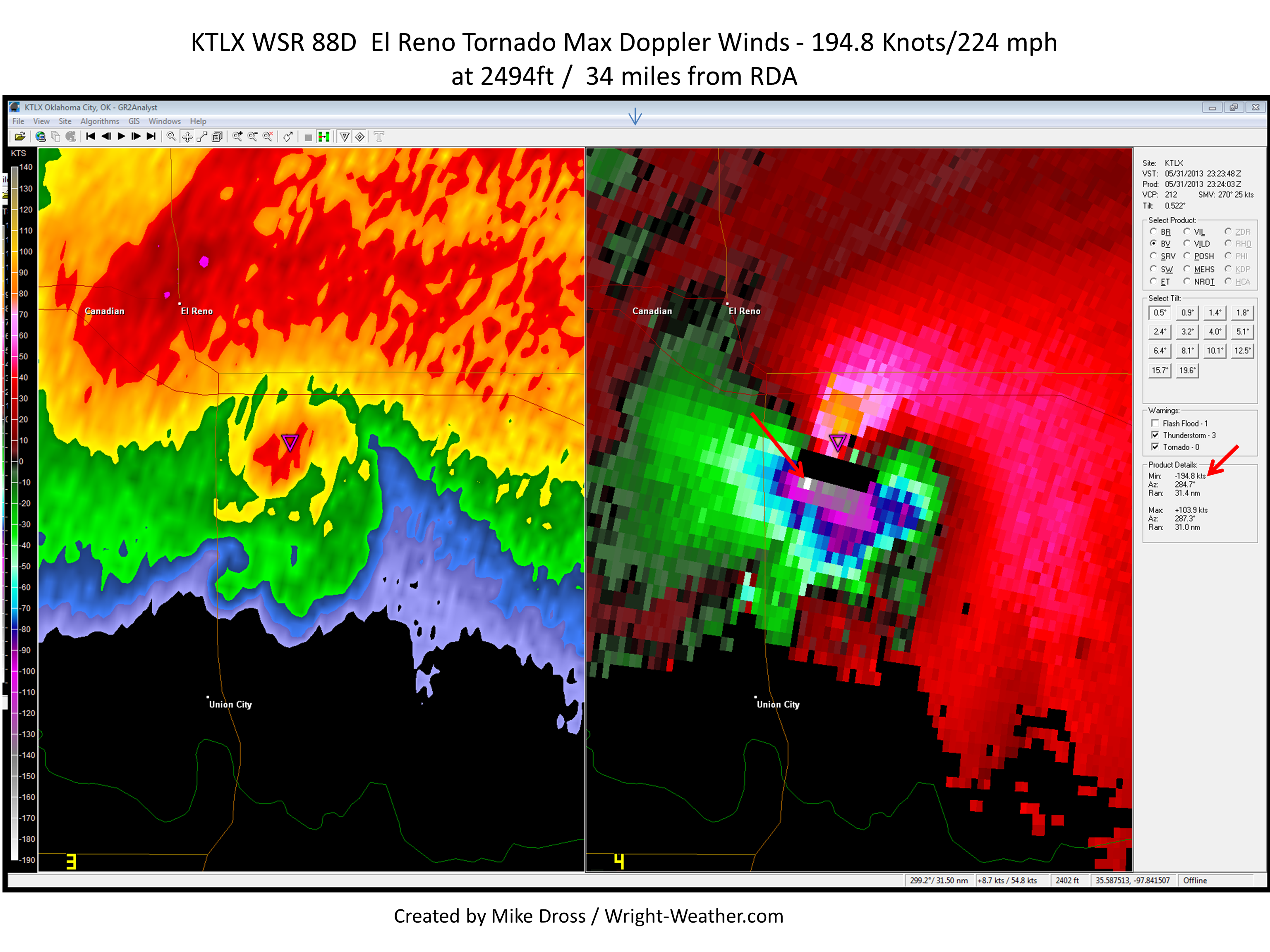

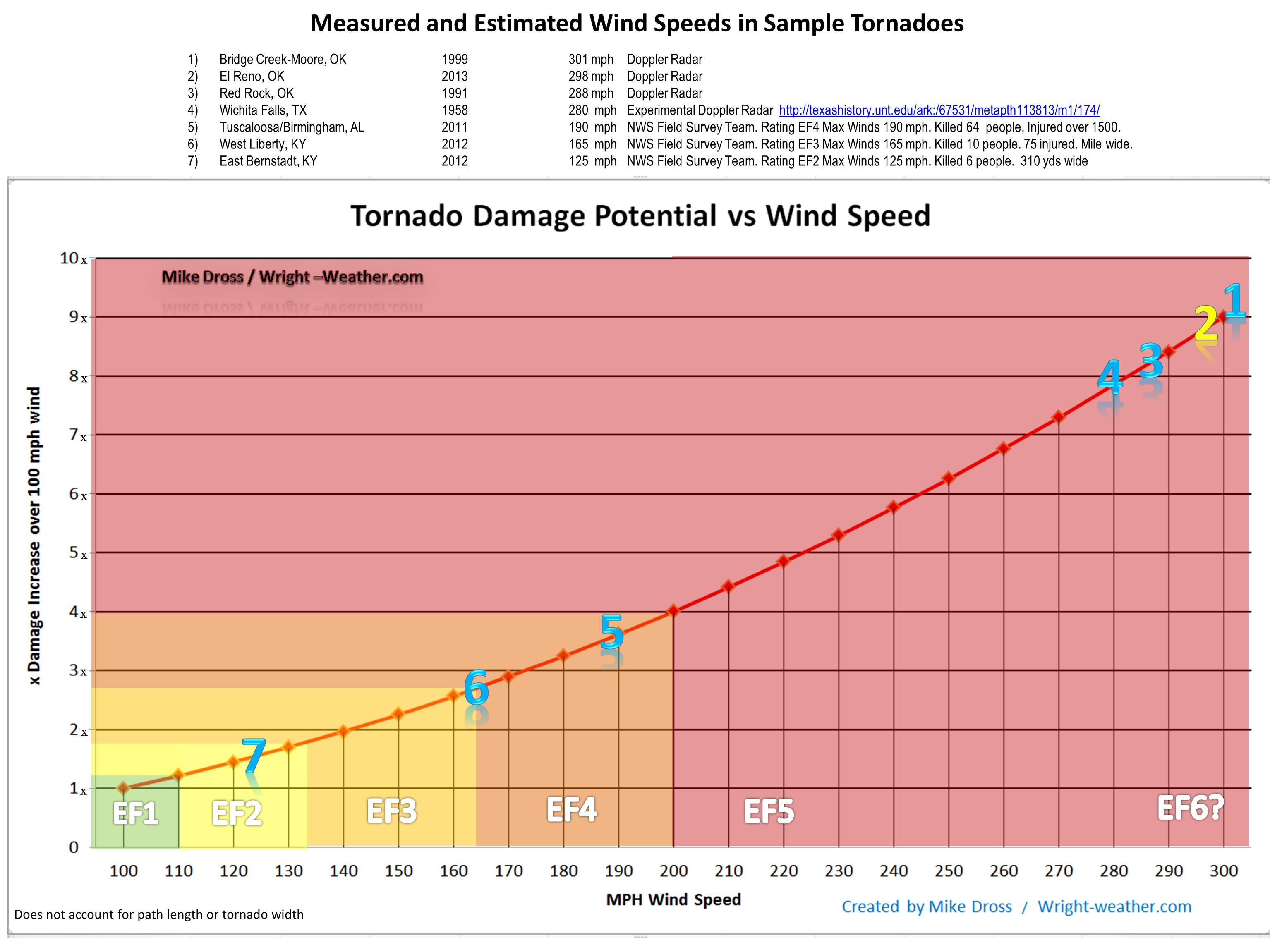
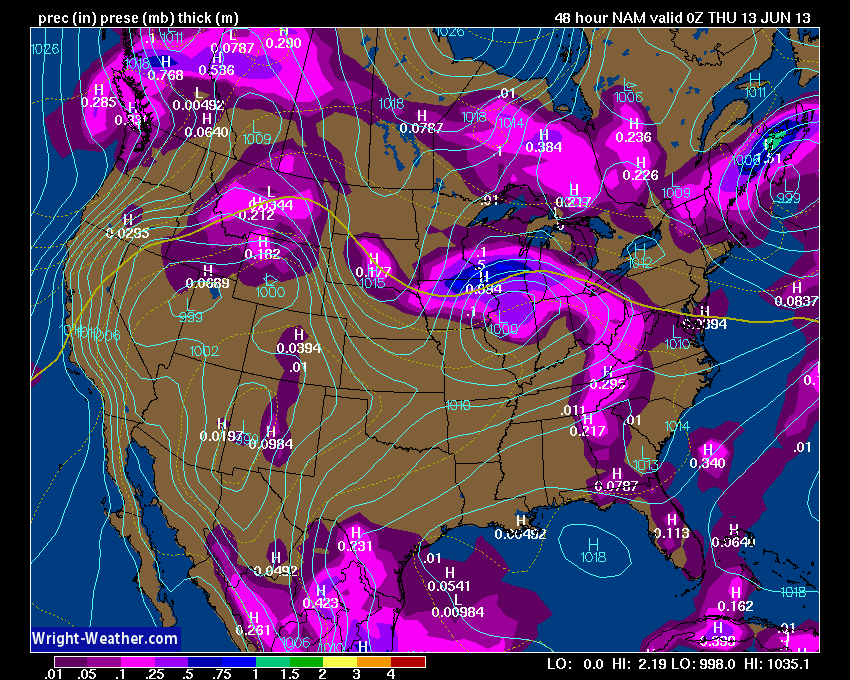
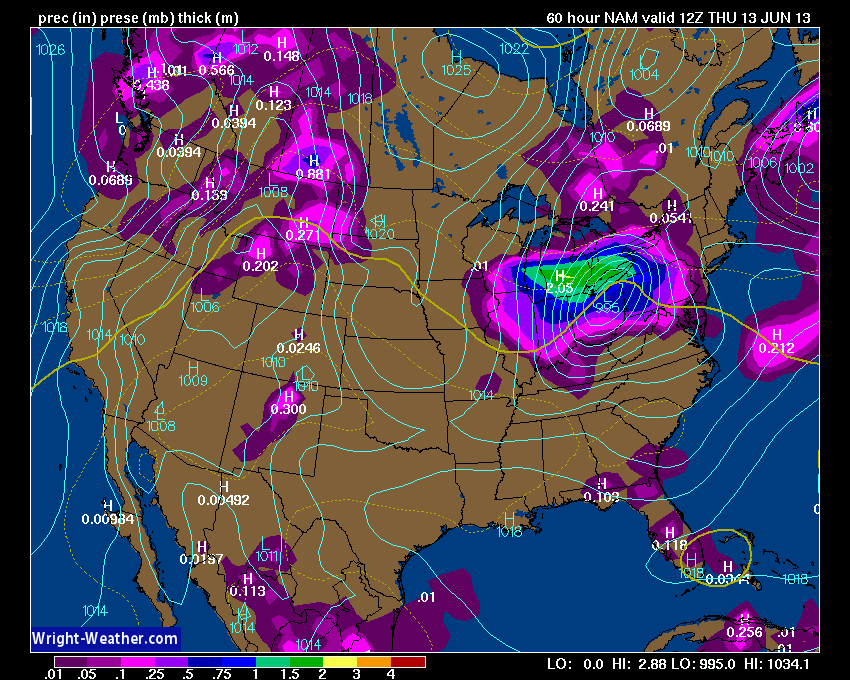
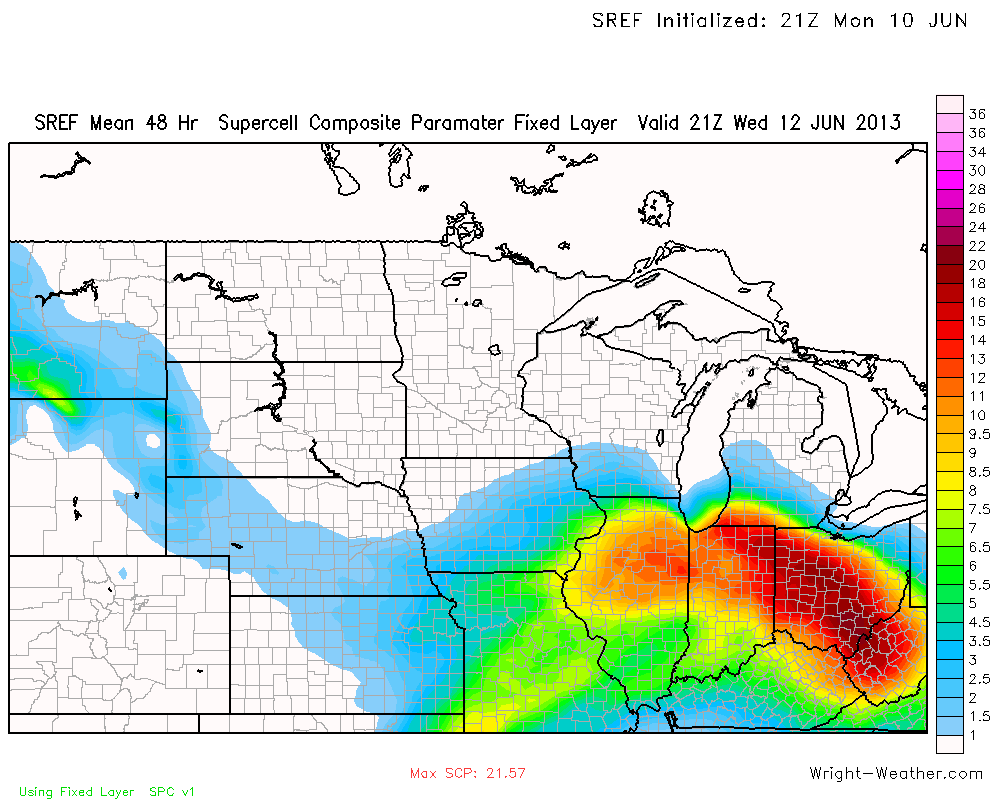
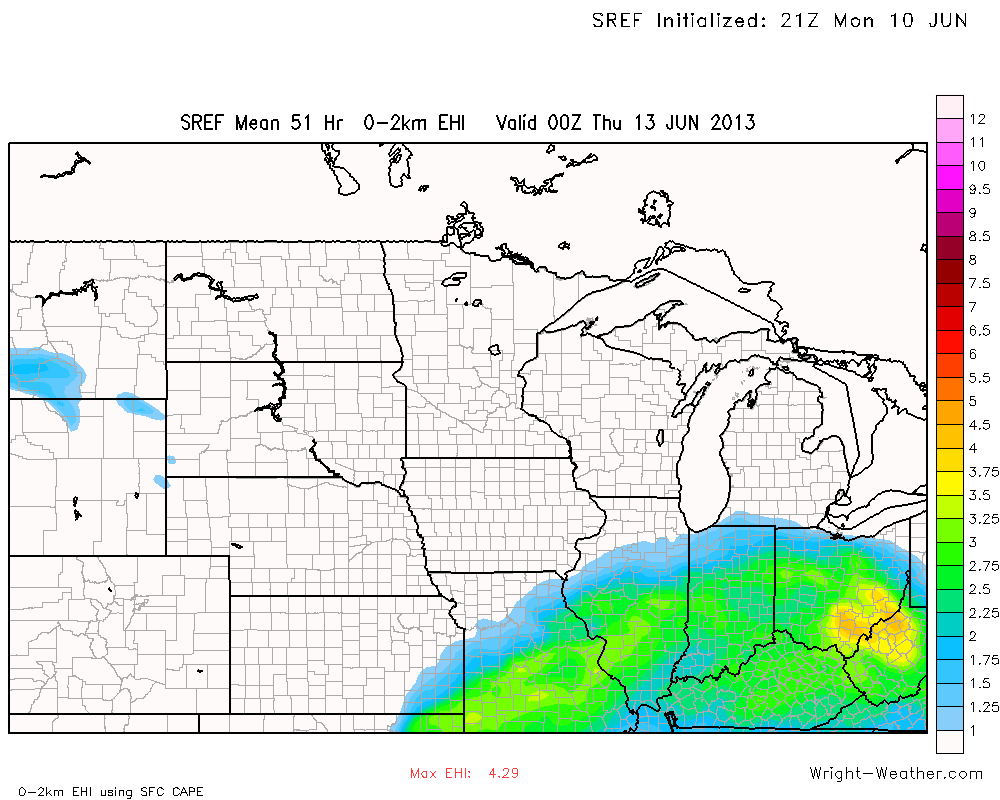
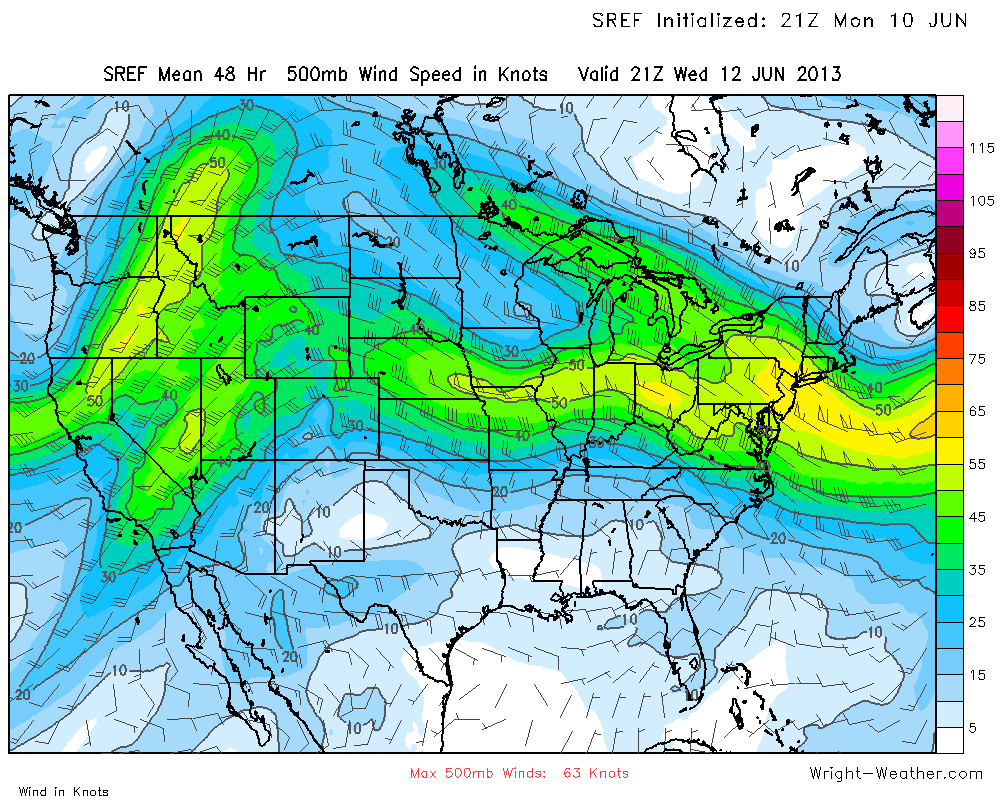
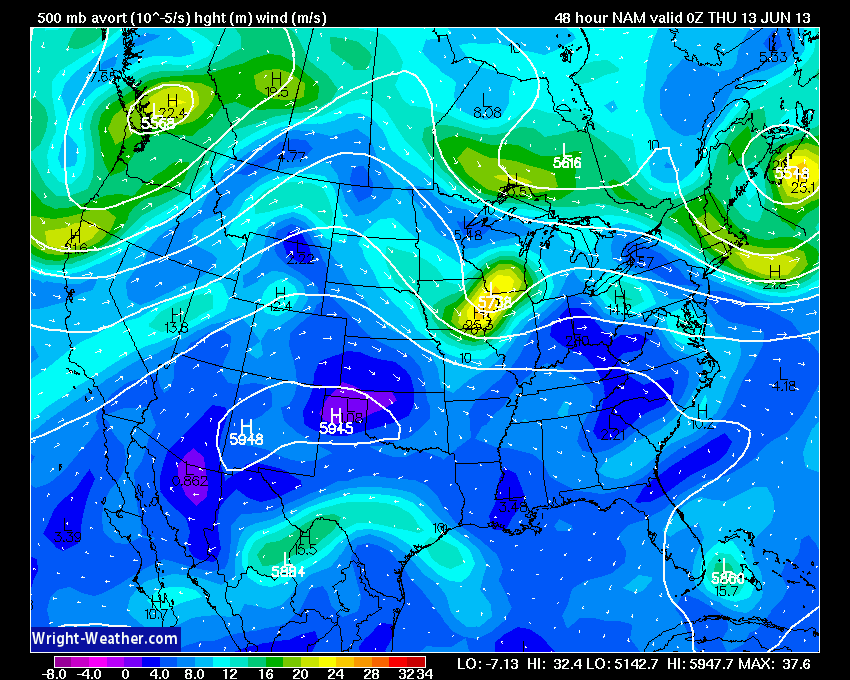
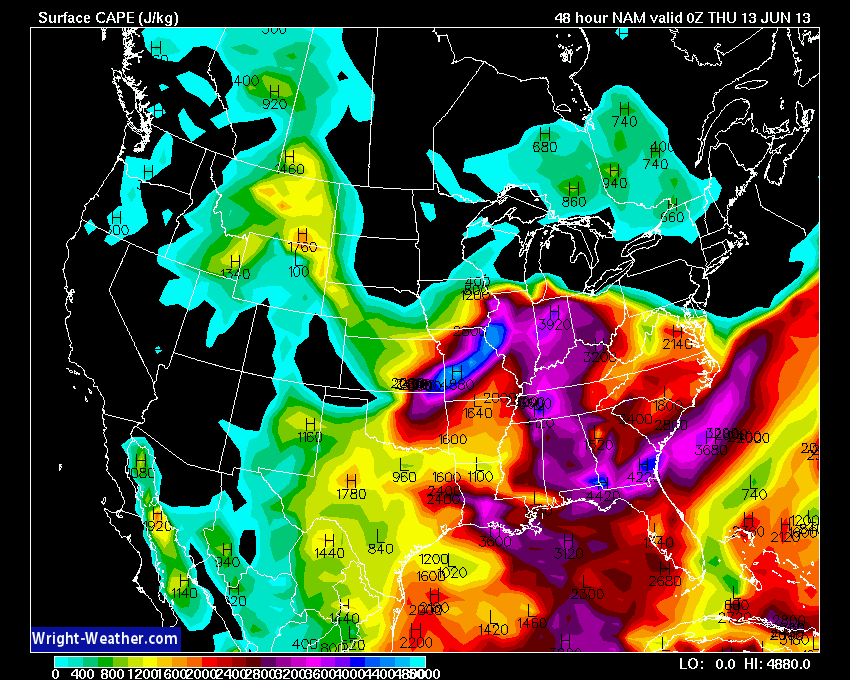
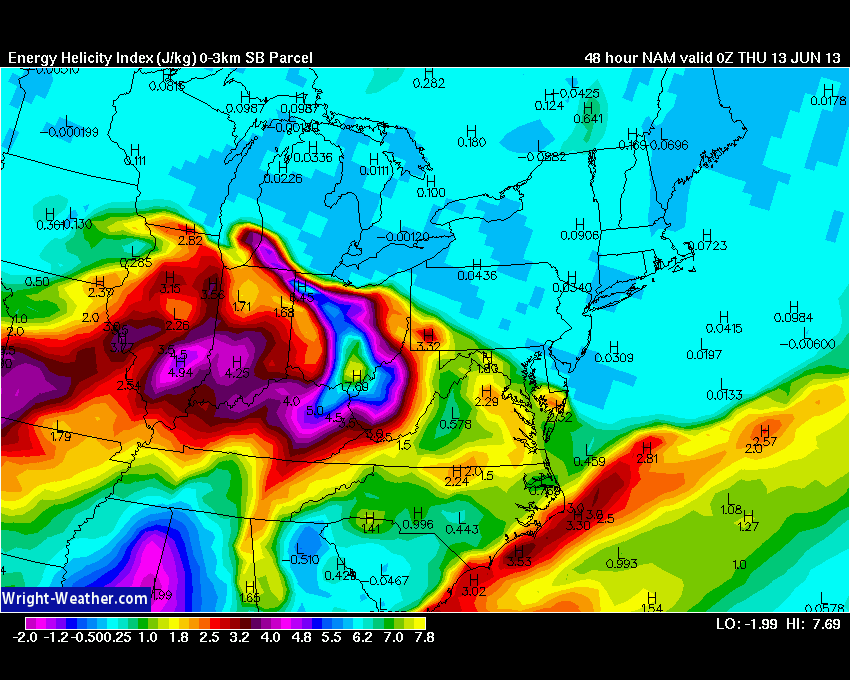
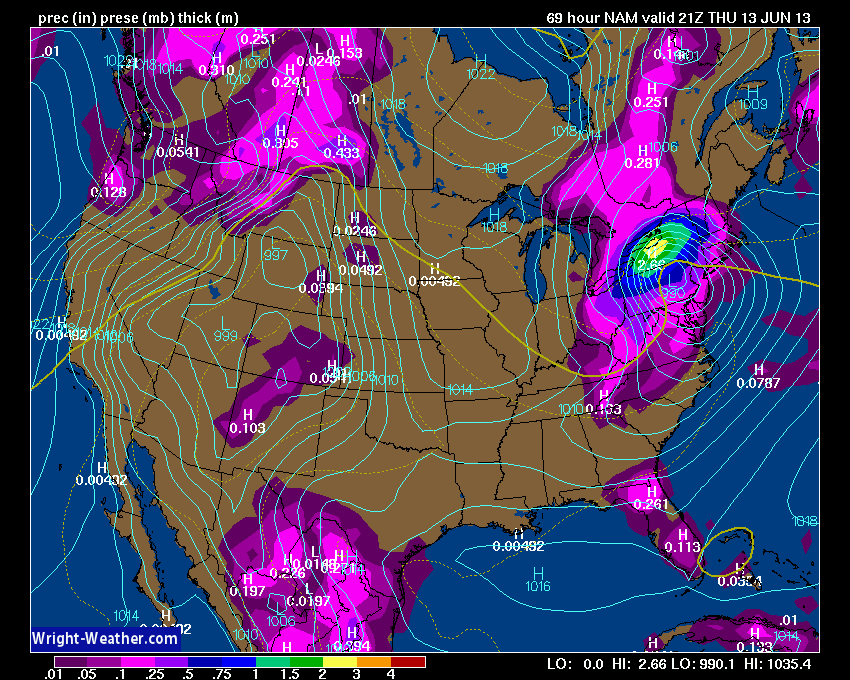
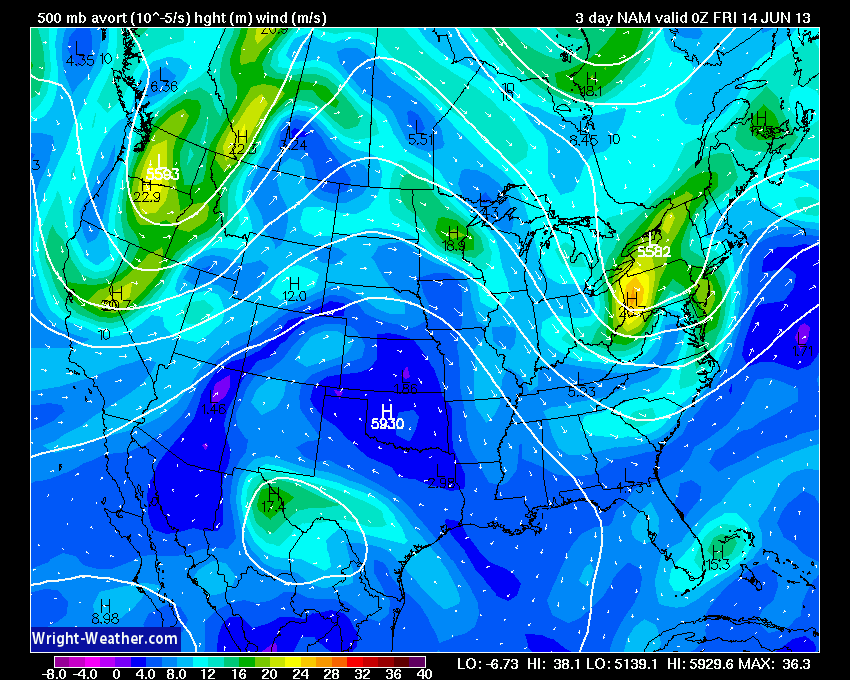

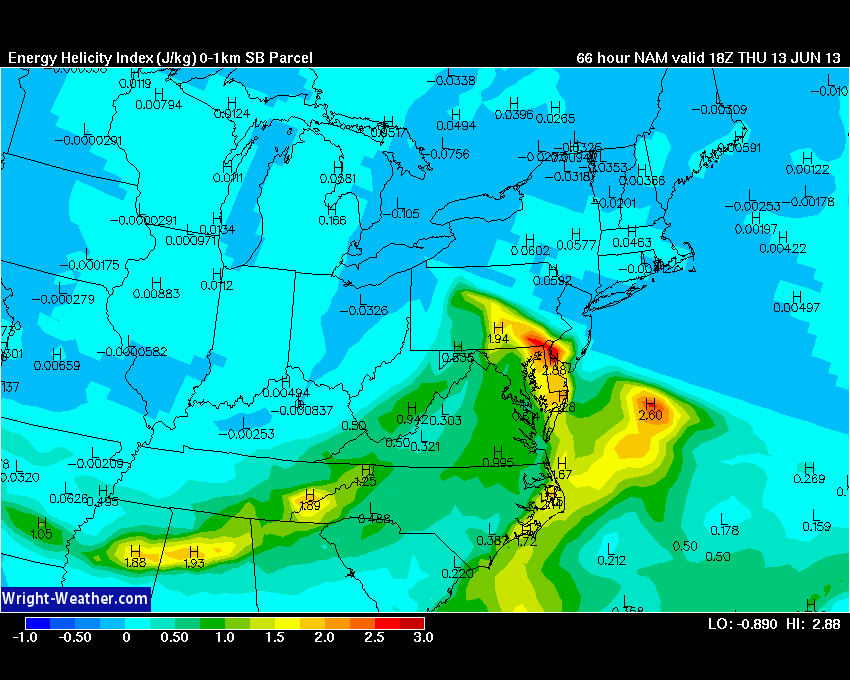

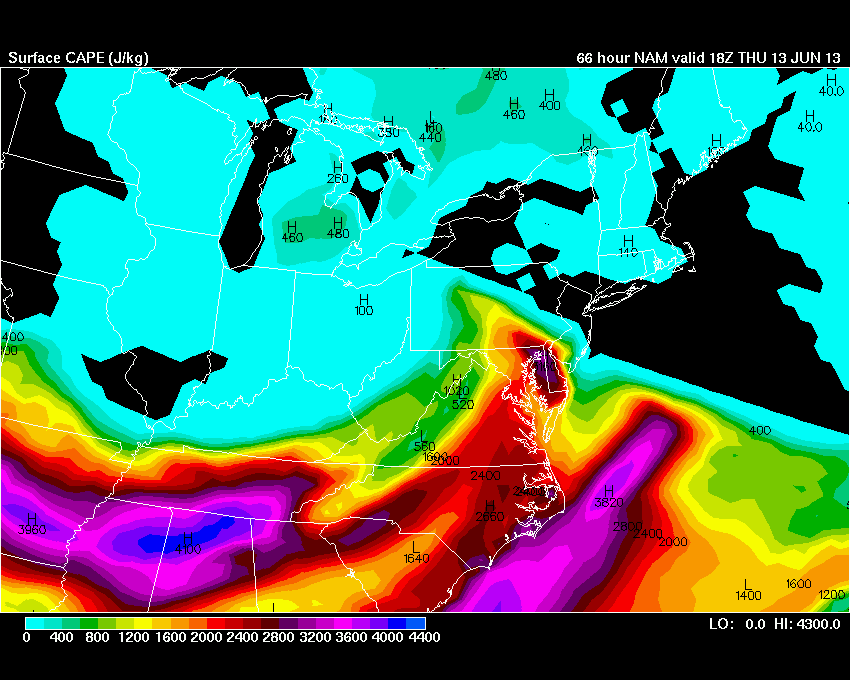
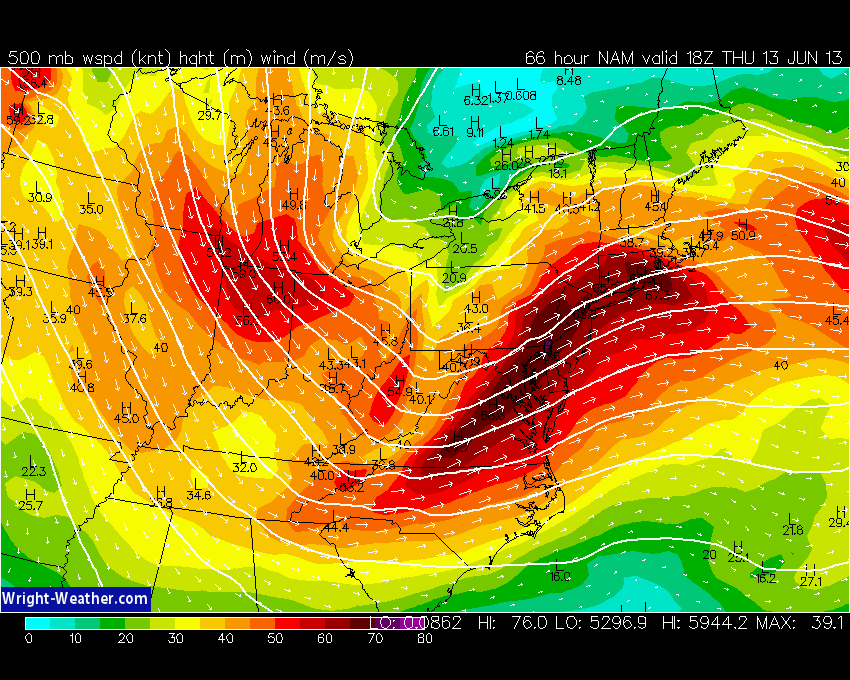 NAM Forecast Sounding for Columbus, OH Wednseday Evening.
NAM Forecast Sounding for Columbus, OH Wednseday Evening.